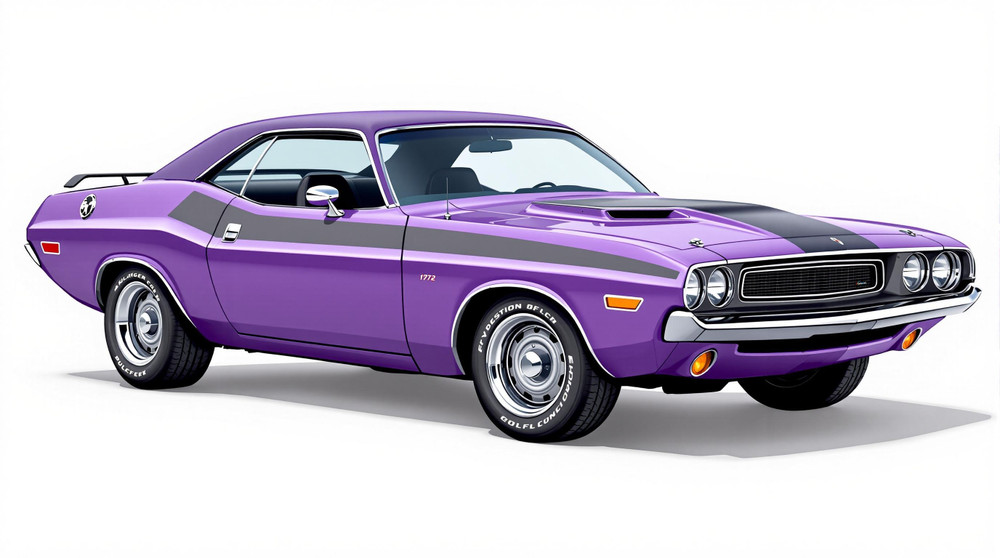Image of 1972 Dodge Challenger, Note: These illustrations use artistic license and may differ from actual historical models.
Performance Metrics
Fundamental Metrics
Emotional Appeal
MMP Rating
| Engine Specifications | |
|---|---|
| Engine: | 225 I6, 318 V8, 340 V8, 360 V8, 383 V8, 426 Hemi V8, 440 V8 |
| Displacement: | 225 - 440 cu in |
| Horsepower: | 110 - 425 hp |
| Torque: | 185 - 490 lb-ft |
| Compression Ratio: | 8.4:1 - 10.25:1 |
| Ignition System: | Electronic Ignition |
| Cooling System: | Liquid cooled |
| Performance Specifications | |
| 0-60 Time: | 6.0 - 7.5 seconds |
| 1/4 Mile Time: | 14.5 - 15.5 seconds |
| Top Speed: | 130 - 140 mph |
| Transmission and Drive | |
| Drive Type: | Rear Wheel Drive |
| Transmission Type: | 3-speed manual, 4-speed manual, 3-speed TorqueFlite automatic |
| Fuel and Efficiency | |
| Fuel System Type: | Carburetor |
| MPG: | 10 - 15 mpg |
| Dimensions and Brakes | |
| Brakes: | Front disc brakes and rear drum brakes |
| Wheelbase: | 110 inches |
| Weight: | 3,220 - 3,650 lbs |
Note: Specifications for classic cars are given to the best of our ability, considering the limited and variant data available.
1972 Dodge Challenger: A Muscle Car Icon
The 1972 Dodge Challenger emerges from the golden era of muscle cars as a symbol of raw American power and style. Born in the midst of a performance-driven automotive market, the Challenger was Dodge's answer to rivals like the Ford Mustang and Chevrolet Camaro. This particular model year stands out for its resilience in the face of tightening emission regulations that signaled the end of the muscle car's peak. A unique fact about this vehicle is its cameo in the cult classic film "Vanishing Point," which helped cement its status as an icon of American car culture.
Design and Innovation
The 1972 Challenger's exterior styling is a testament to the era's bold design ethos. Its long hood, short deck profile, and wide stance exude a sense of power and aggression. The split grille and round taillights are distinctive features that contribute to its muscular appearance. Inside, occupants are greeted with a functional and driver-focused cockpit, featuring high-quality vinyl or optional leather upholstery. Technologically, it offered innovations like an optional Rallye Instrument Cluster with a tachometer and oil pressure gauge. Popular color choices included "Hemi Orange" and "Plum Crazy," hues that still turn heads today. The most iconic body style was arguably the hardtop coupe, often equipped with the desirable R/T package.
Historical Significance
The 1972 Dodge Challenger made an indelible mark on automotive history by maintaining high-performance options at a time when many competitors were downsizing engines due to new regulations. It set itself apart with robust engine choices, including the legendary 340 cubic-inch V8, which continued to deliver exhilarating performance despite industry challenges.
Performance and Handling
Performance-wise, the '72 Challenger could achieve 0-60 mph sprints in less than 7 seconds when equipped with the larger powerplants—a commendable feat for its time. Handling was characterized by a firm ride that communicated road conditions without compromising stability, especially when outfitted with the optional Rallye Suspension Package. Driving this classic was an auditory delight; the throaty rumble of the V8 was music to any gearhead's ears.
Ownership Experience
Owners of the '72 Challenger used their vehicles in various ways: as daily drivers, weekend cruisers, or even drag racers. The car's simple mechanical design made maintenance relatively straightforward for those with basic automotive knowledge. However, parts availability has become more challenging over time.
Fun Facts
A fun fact about this model year is that it saw the introduction of some rare editions like the Rallye variant, which replaced the R/T moniker due to changing market conditions. While celebrity ownerships have added to its allure, common criticisms included less-than-ideal fuel economy—a small price to pay for driving such an iconic piece of machinery.
Collector's Information
As for collectors, a well-maintained 1972 Dodge Challenger can fetch anywhere from $30,000 to well over $100,000 depending on condition, originality, and specific model details. Production numbers were lower than previous years', making surviving examples more valuable today. The market trend for these vehicles shows appreciation over time as enthusiasts seek to capture a piece of muscle car history.
Conclusion
The 1972 Dodge Challenger stands as a testament to an era when performance ruled the American roads. Despite facing stringent regulations that would eventually lead to the decline of muscle cars, this model year maintained its stature as a potent performer and style icon. Its lasting influence on automotive design and culture ensures that it remains highly sought after by collectors and enthusiasts alike.
1972 Dodge Challenger Catalog of Parts
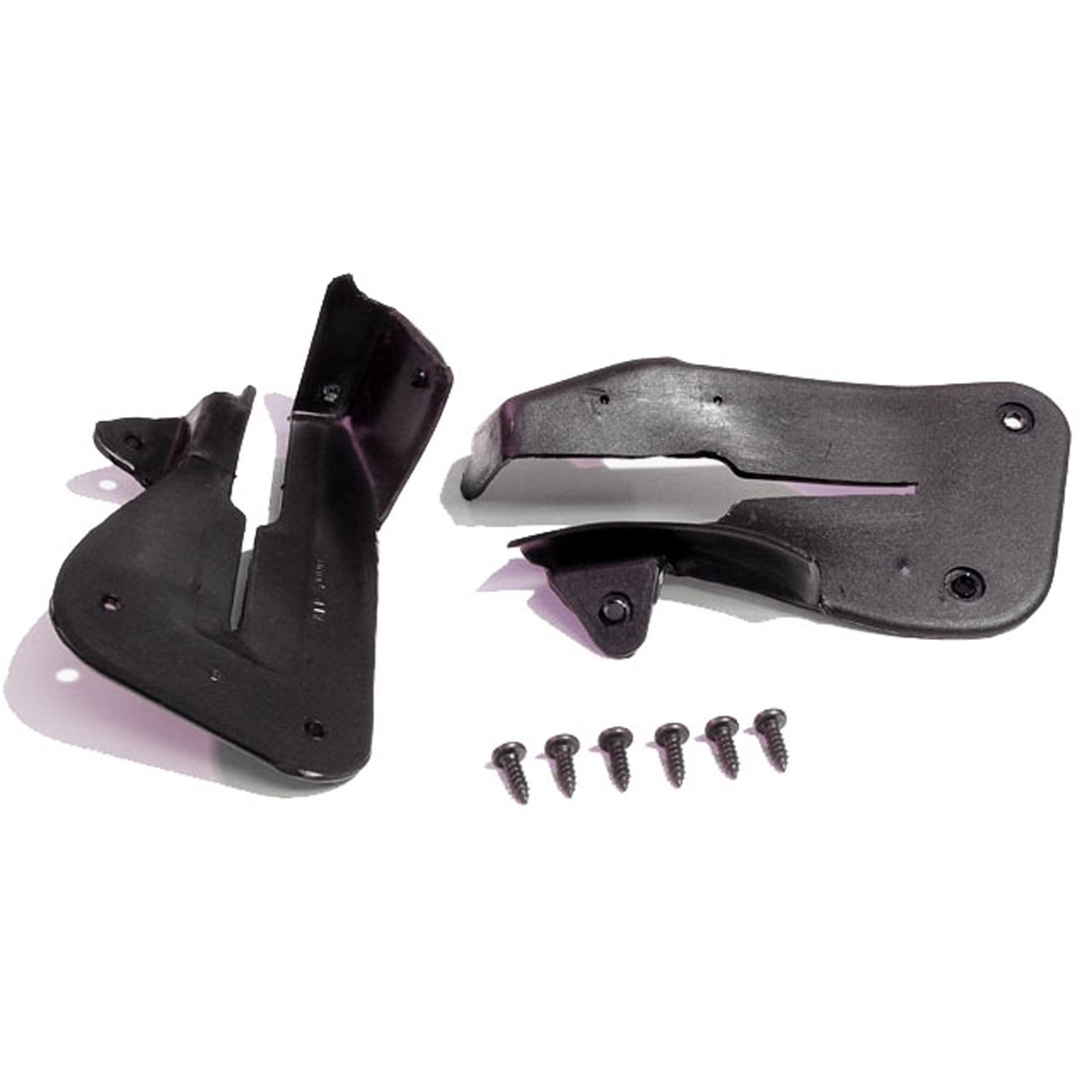 1972 Dodge Challenger Molded Door Lock Pillar Seal. Made with steel core-ALP 7000Molded Door Lock Pillar Seal. Made with steel core. Pair R&L
1972 Dodge Challenger Molded Door Lock Pillar Seal. Made with steel core-ALP 7000Molded Door Lock Pillar Seal. Made with steel core. Pair R&L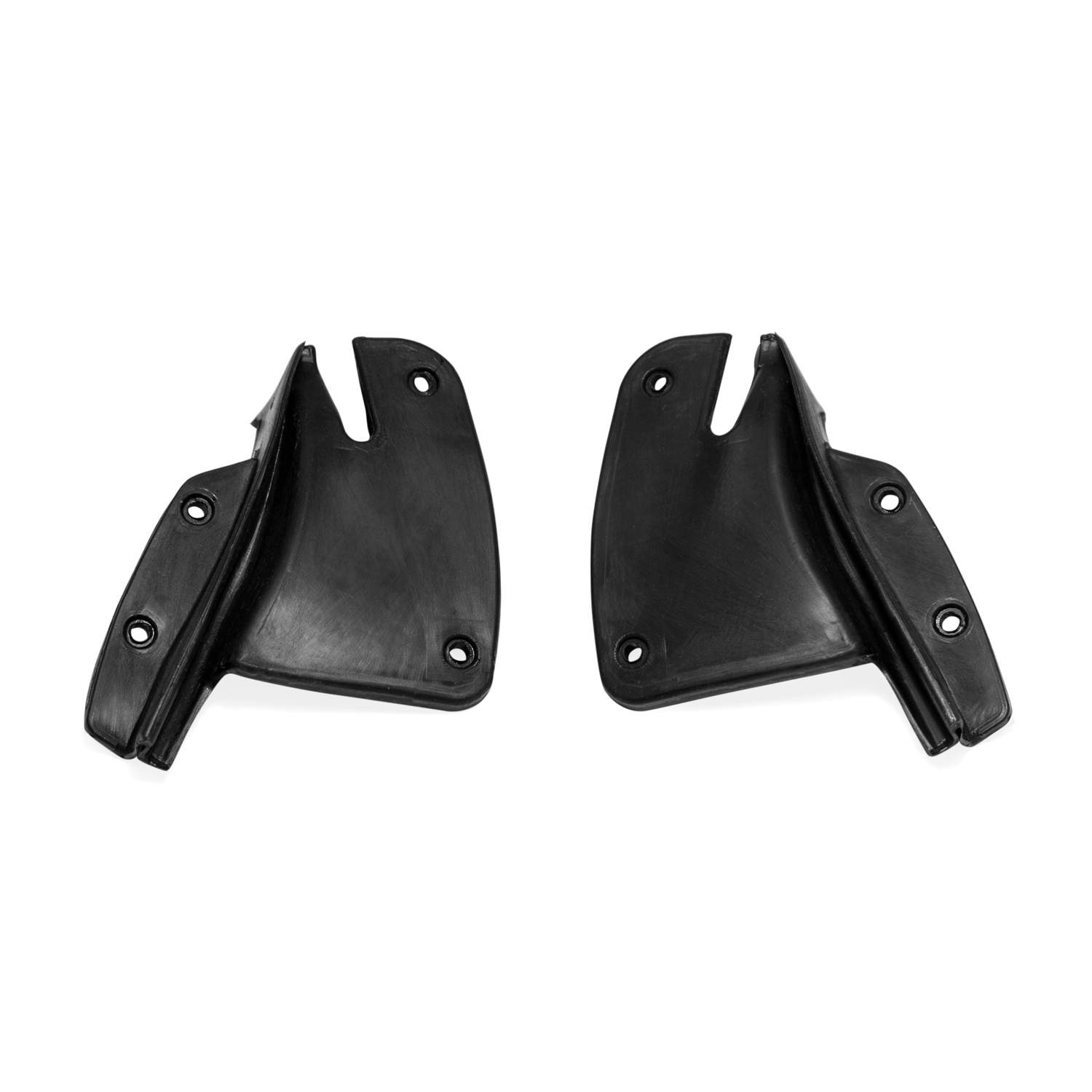 1972 Dodge Challenger Door end cap filler seals-ALP 7004Door end cap filler seals, '70-'74 Mopar 'E' Body 2 door models, pair. Replaces OEM # 2895664 / 2895665
1972 Dodge Challenger Door end cap filler seals-ALP 7004Door end cap filler seals, '70-'74 Mopar 'E' Body 2 door models, pair. Replaces OEM # 2895664 / 2895665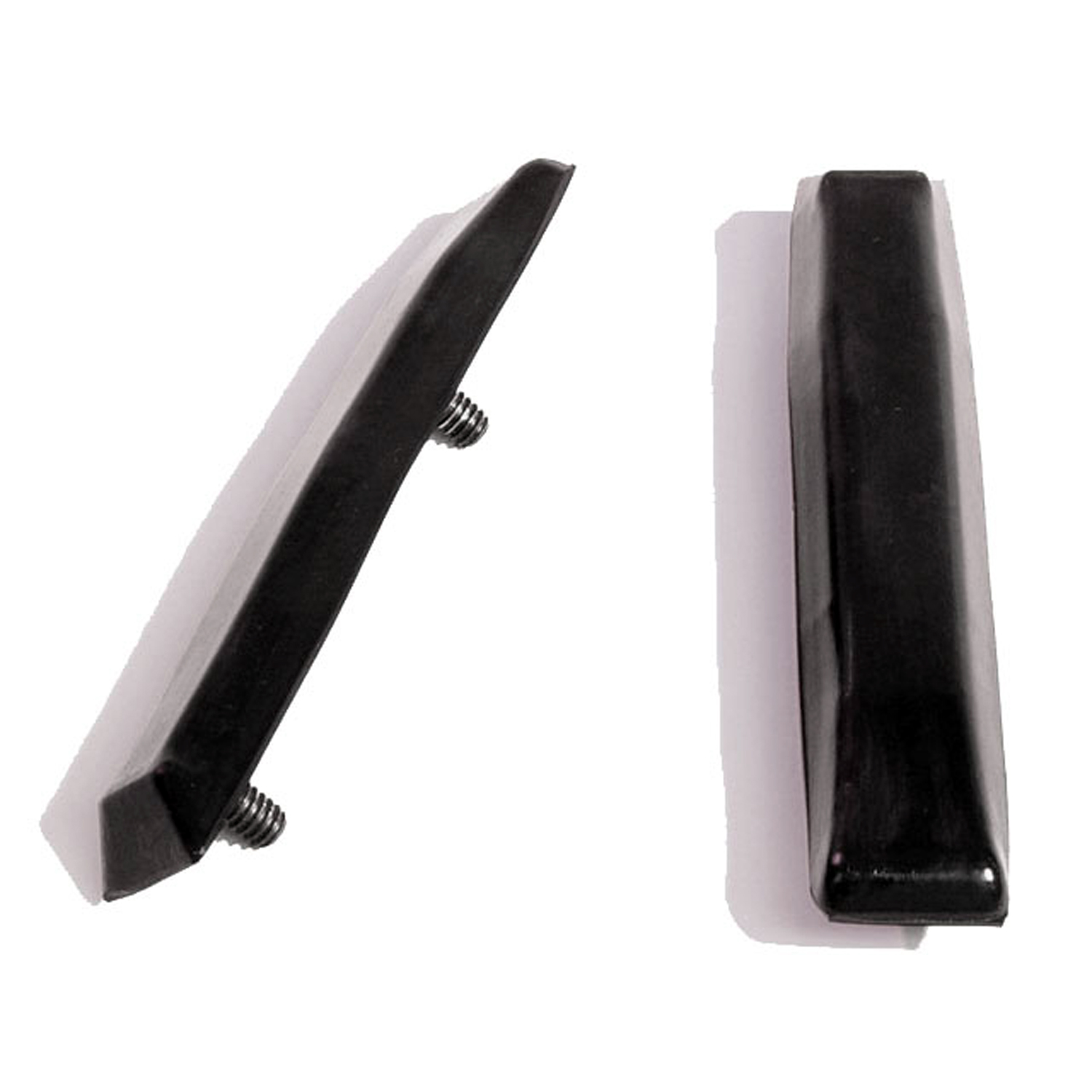 1972 Dodge Challenger Rear Bumper Guards. Made with studs and steel cores-BG 101-ARear Bumper Guards. Made with studs and steel cores. 5-7/16" long X 1" wide. Pair
1972 Dodge Challenger Rear Bumper Guards. Made with studs and steel cores-BG 101-ARear Bumper Guards. Made with studs and steel cores. 5-7/16" long X 1" wide. Pair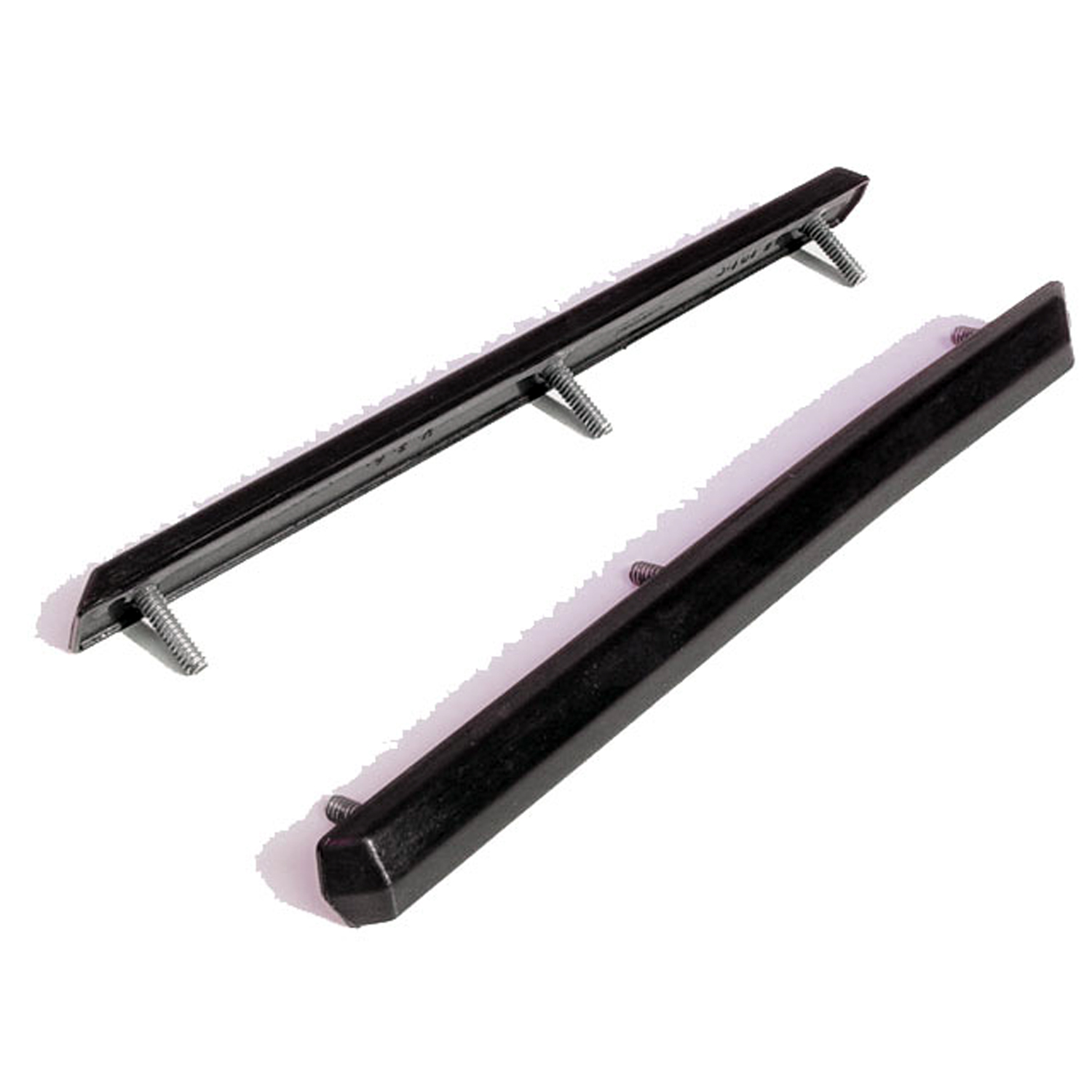 1972 Dodge Challenger Front Bumper Guards. Made with steel cores-BG 101-GFront Bumper Guards. Made with steel cores. 8" long X 11/16" wide. Pair
1972 Dodge Challenger Front Bumper Guards. Made with steel cores-BG 101-GFront Bumper Guards. Made with steel cores. 8" long X 11/16" wide. Pair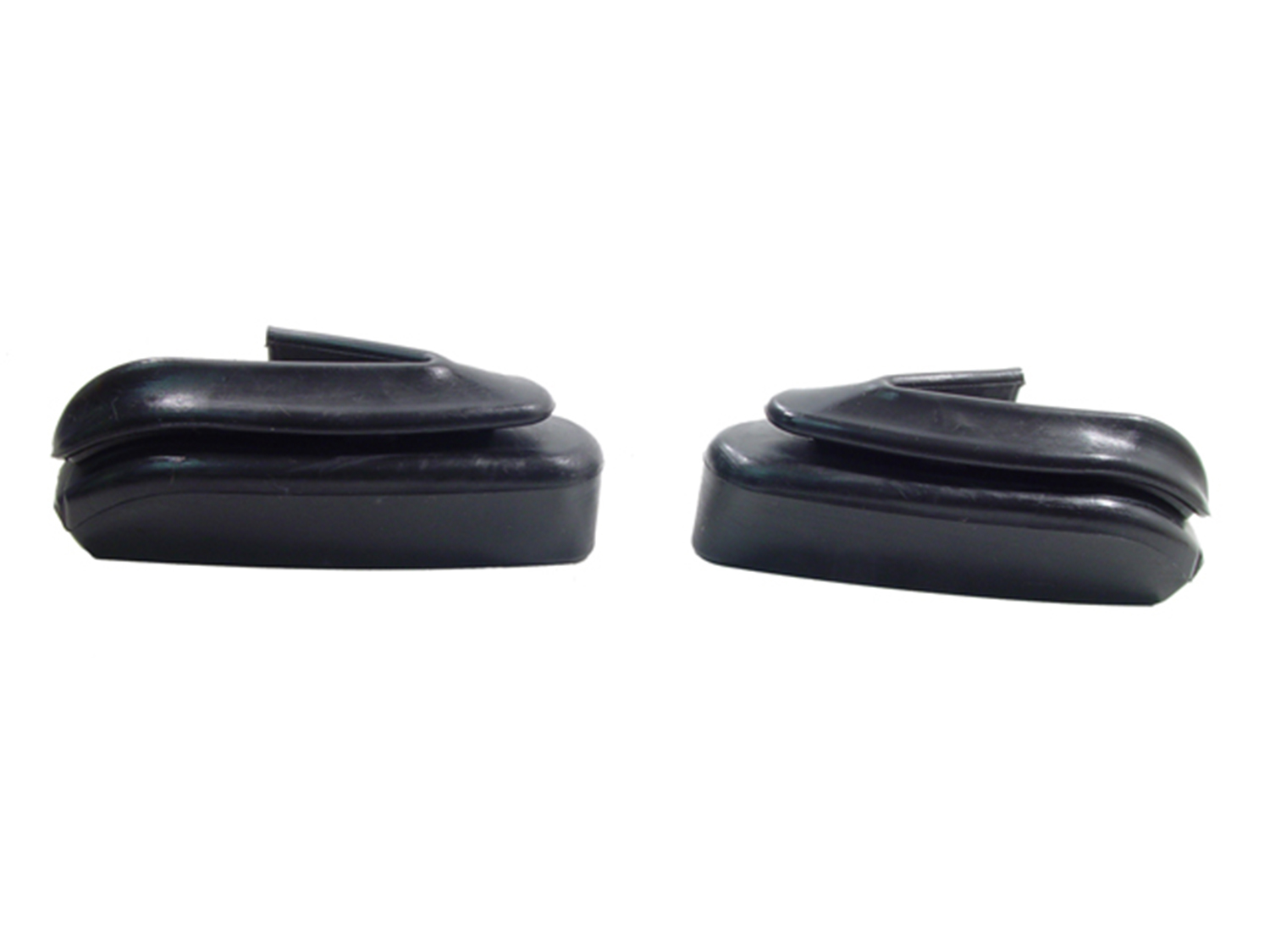 1972 Dodge Challenger Front Bumper End Filler. 3-5/8 in. long x 1-1/2 in. wide-BG 108-AFront Bumper End Filler. 3-5/8 in. long x 1-1/2 in. wide. With galvanized steel cores. Replaces OEM#'s 3464064/5. Pair.
1972 Dodge Challenger Front Bumper End Filler. 3-5/8 in. long x 1-1/2 in. wide-BG 108-AFront Bumper End Filler. 3-5/8 in. long x 1-1/2 in. wide. With galvanized steel cores. Replaces OEM#'s 3464064/5. Pair.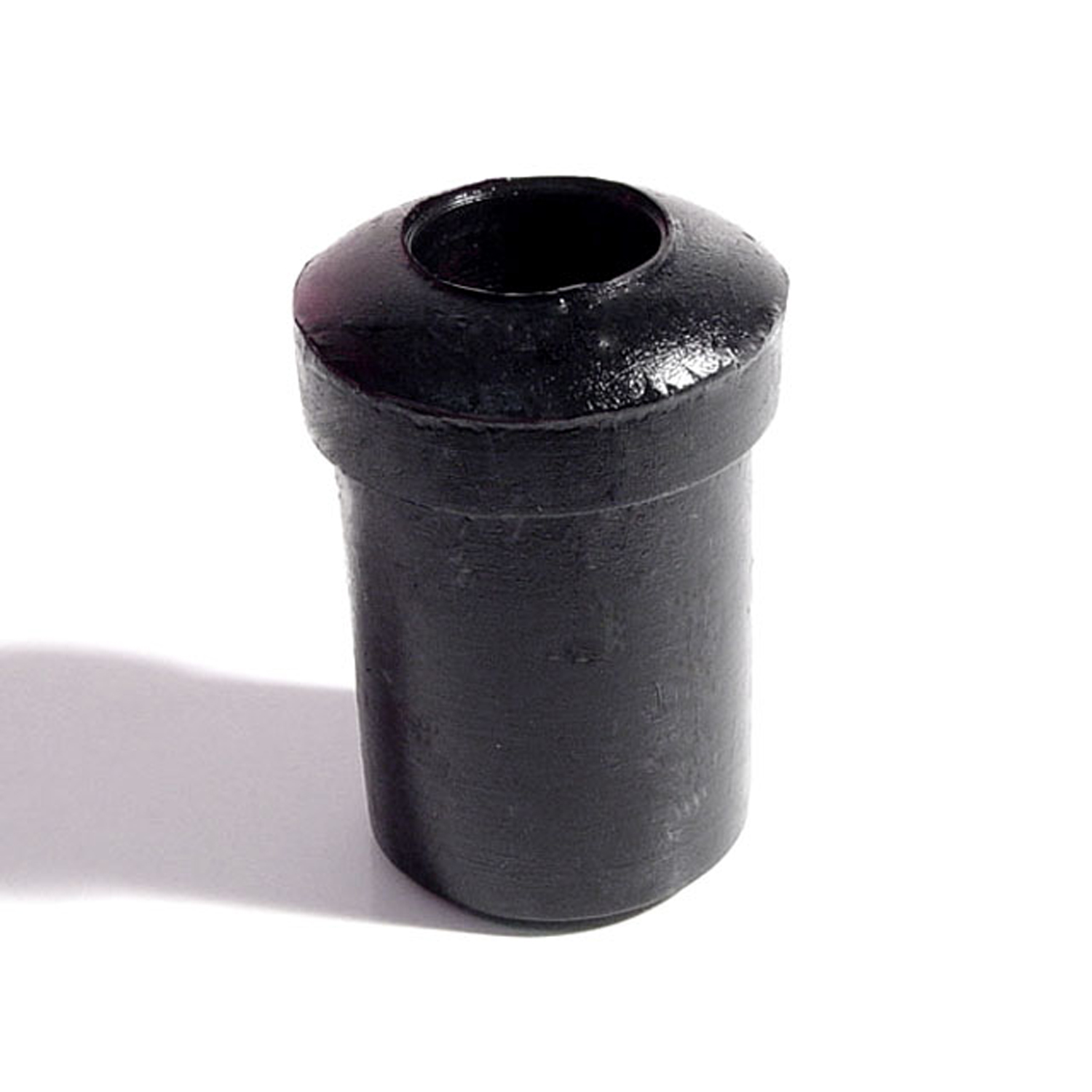 1972 Dodge Challenger Spring and Shackle Bushing. 1" bottom O.D-BN 20Spring and Shackle Bushing. 1" bottom O.D. X 1-5/8" high, with 9/16" I.D. Each
1972 Dodge Challenger Spring and Shackle Bushing. 1" bottom O.D-BN 20Spring and Shackle Bushing. 1" bottom O.D. X 1-5/8" high, with 9/16" I.D. Each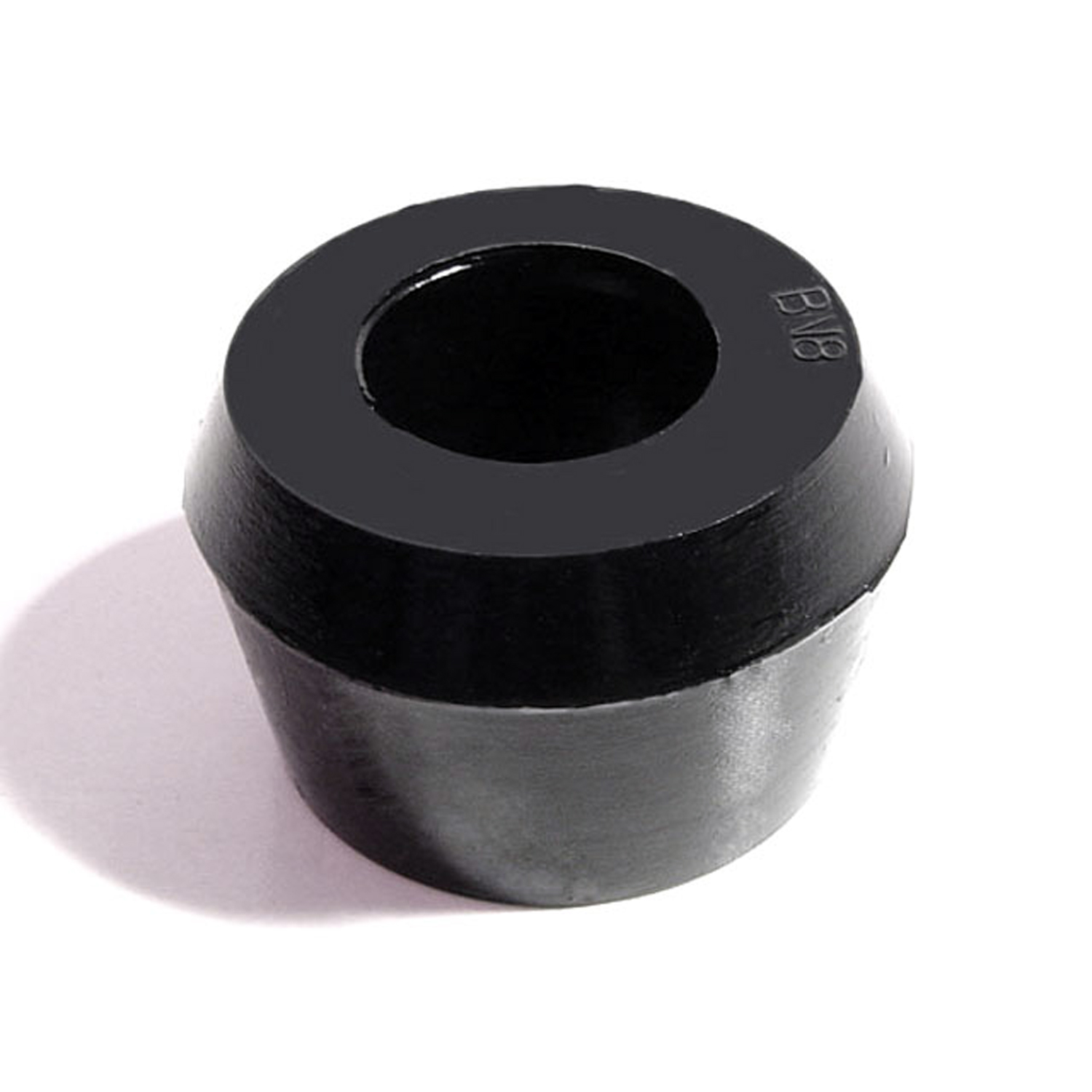 1972 Dodge Challenger Shock Absorber Grommet. 1-1/4" bottom O.D-BN 8Shock Absorber Grommet. 1-1/4" bottom O.D., 1" high, with 3/4" I.D. Each
1972 Dodge Challenger Shock Absorber Grommet. 1-1/4" bottom O.D-BN 8Shock Absorber Grommet. 1-1/4" bottom O.D., 1" high, with 3/4" I.D. Each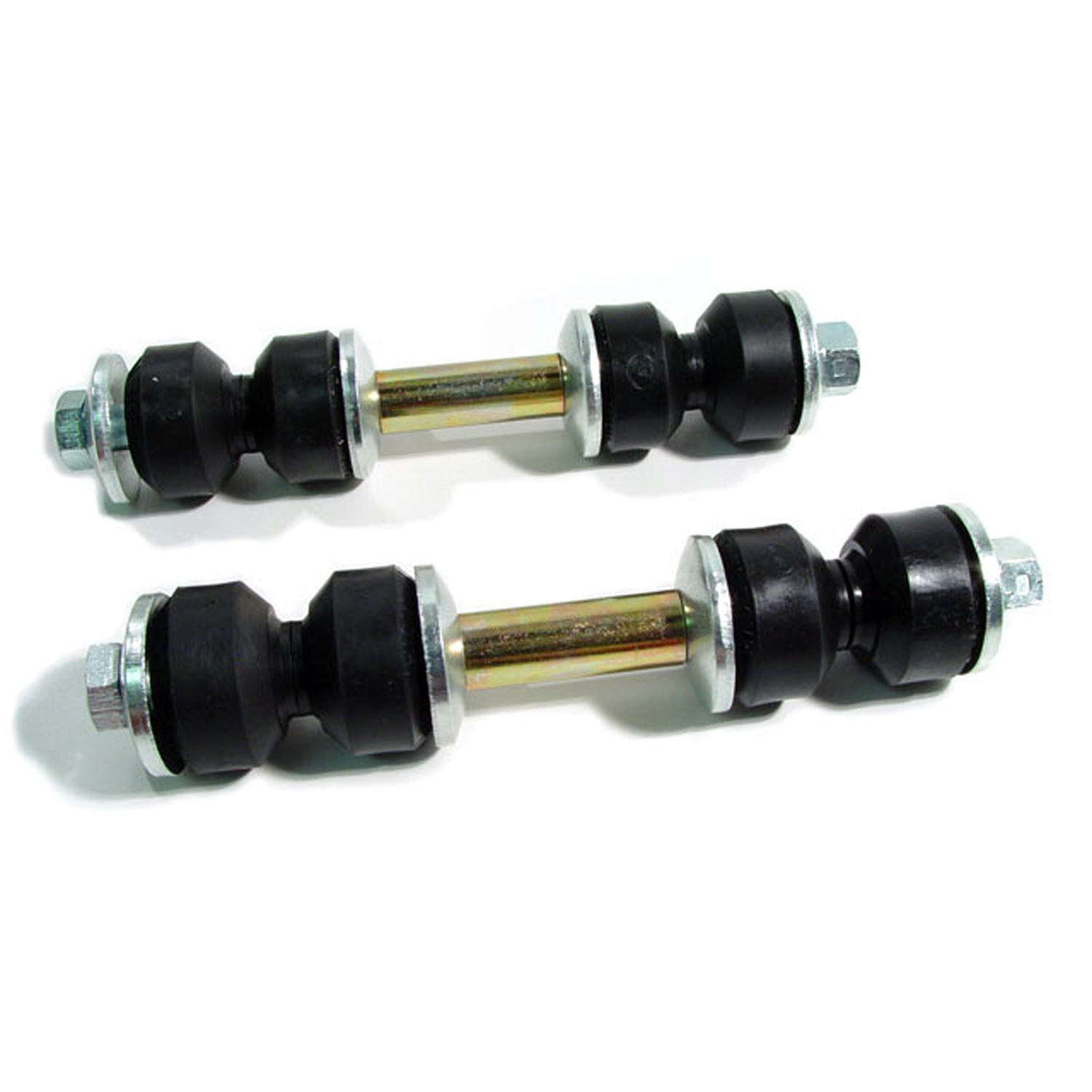 1972 Dodge Challenger Front Stabilizer End Repair Kit-BNK 22Front Stabilizer End Repair Kit. 22-piece set for two stabilizer bars. Contains all rubber bushings, washers, bolts and nuts, enough for one front end. Set
1972 Dodge Challenger Front Stabilizer End Repair Kit-BNK 22Front Stabilizer End Repair Kit. 22-piece set for two stabilizer bars. Contains all rubber bushings, washers, bolts and nuts, enough for one front end. Set 1972 Dodge Challenger Park Brake Pedal Pad, Black-CB 200-CPark Brake Pedal Pad, Black. Your stainless steel bezel fits over this new pad. 1-5/8" wide X 2-5/16" long. Each
1972 Dodge Challenger Park Brake Pedal Pad, Black-CB 200-CPark Brake Pedal Pad, Black. Your stainless steel bezel fits over this new pad. 1-5/8" wide X 2-5/16" long. Each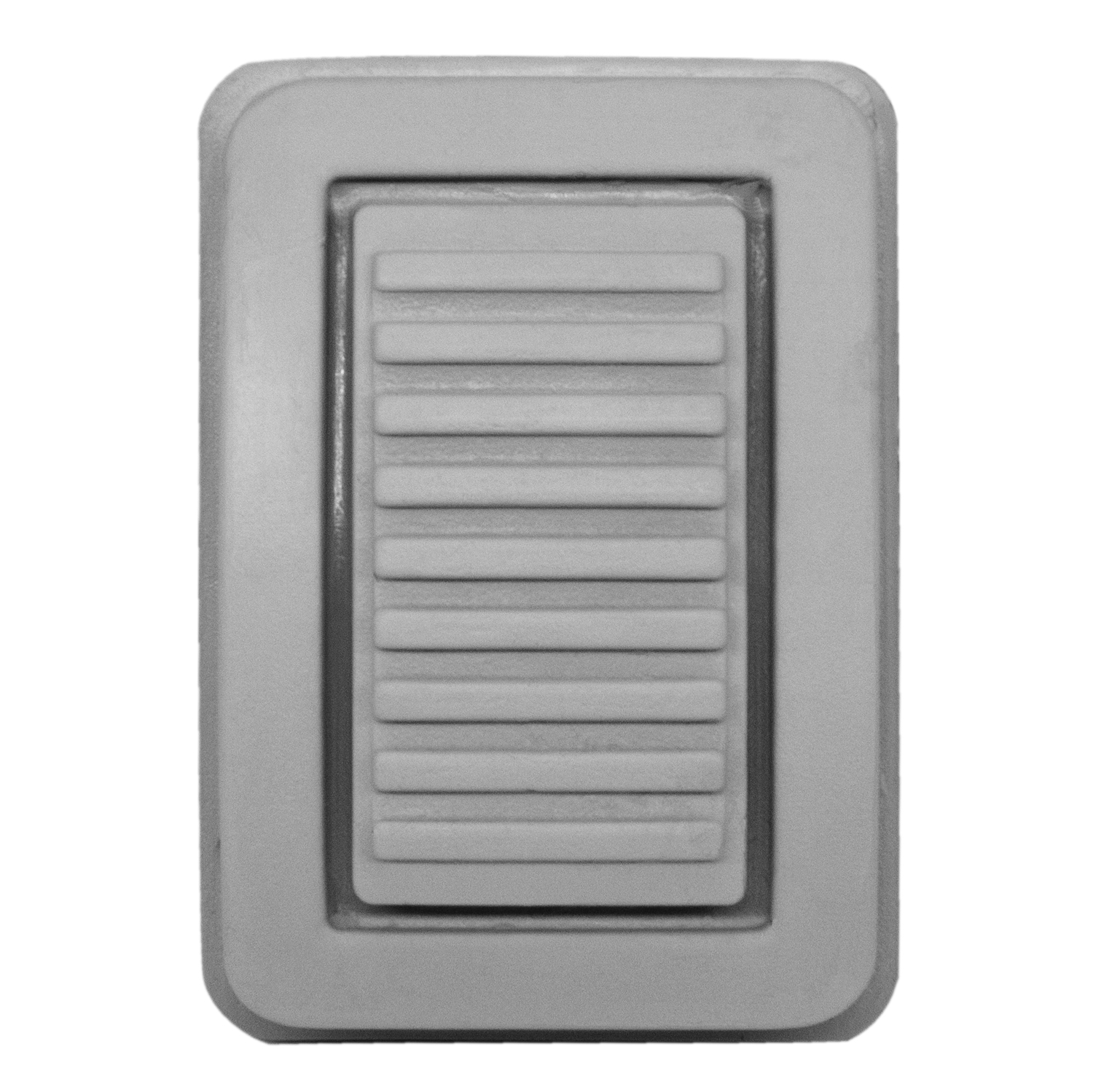 1972 Dodge Challenger Park Brake Pedal Pad, Gray-CB 200-C/GRAYPark Brake Pedal Pad, Gray. Your stainless steel bezel fits over this new pad. 1-5/8" wide X 2-5/16" long. Each
1972 Dodge Challenger Park Brake Pedal Pad, Gray-CB 200-C/GRAYPark Brake Pedal Pad, Gray. Your stainless steel bezel fits over this new pad. 1-5/8" wide X 2-5/16" long. Each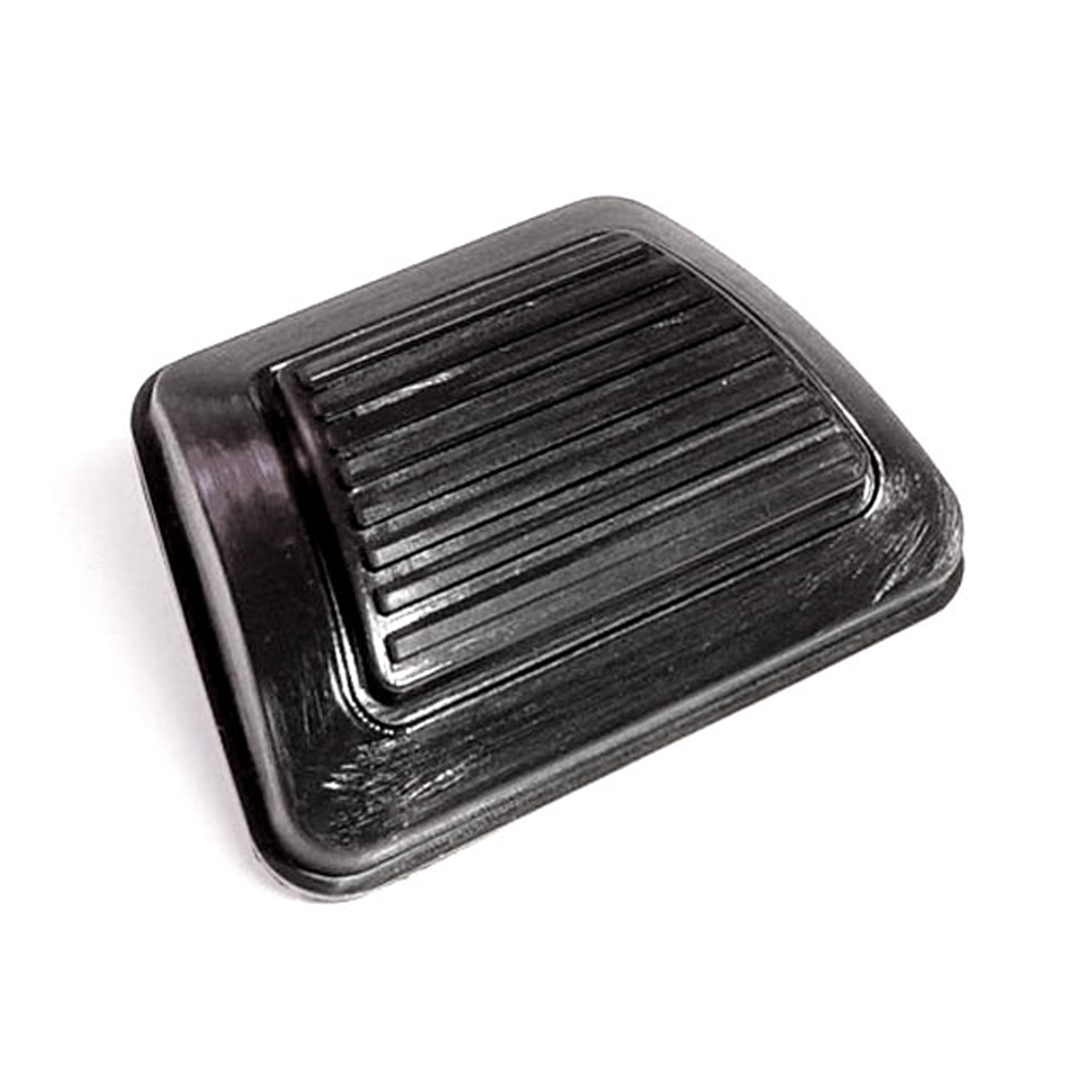 1972 Dodge Challenger Clutch and Brake Pedal Pad. 2-1/4" X 2-3/8" X 3-1/4"-CB 201Clutch and Brake Pedal Pad. 2-1/4" X 2-3/8" X 3-1/4". Each
1972 Dodge Challenger Clutch and Brake Pedal Pad. 2-1/4" X 2-3/8" X 3-1/4"-CB 201Clutch and Brake Pedal Pad. 2-1/4" X 2-3/8" X 3-1/4". Each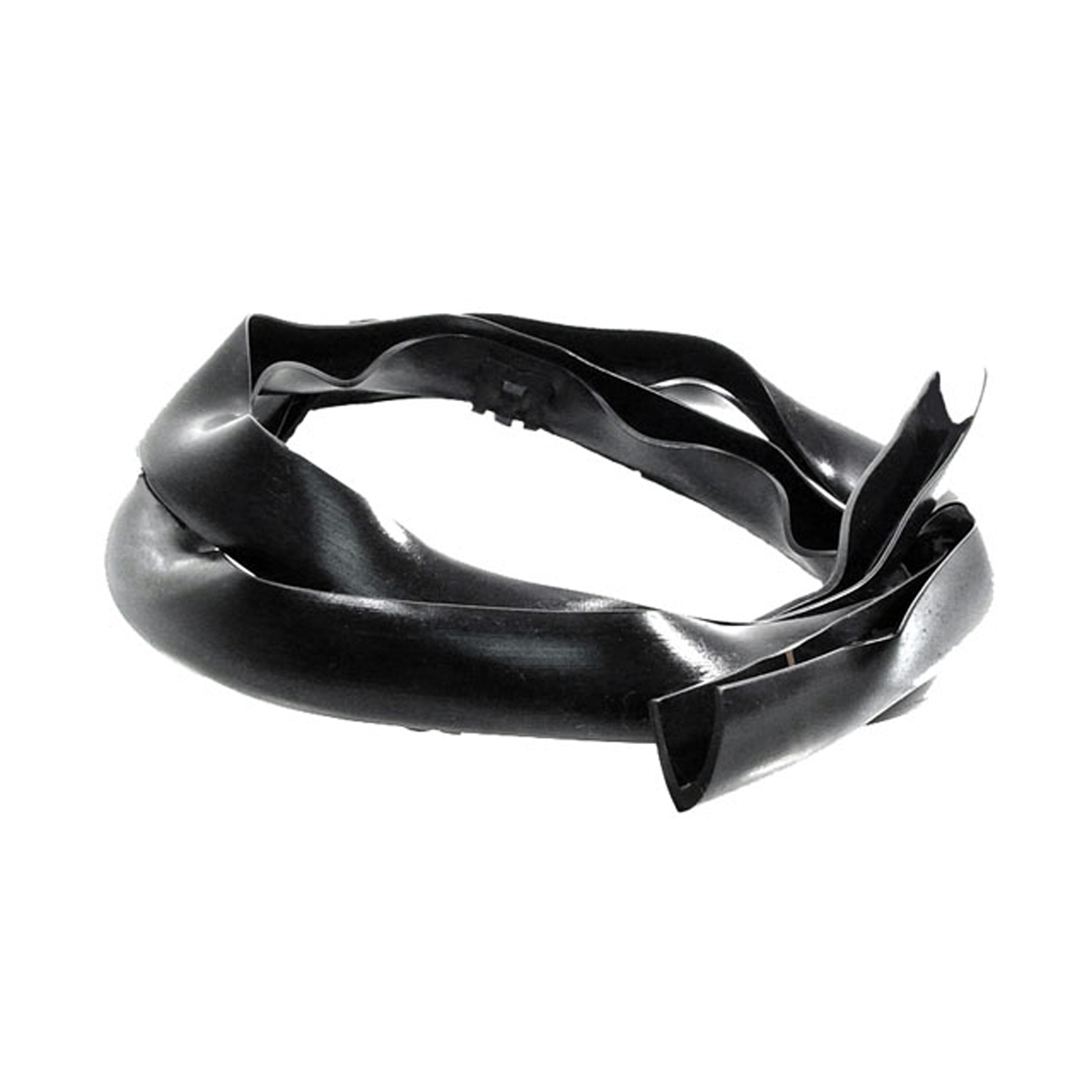 1972 Dodge Challenger Hood to Cowl Seal, 48" Long. Each-CS 20-ZHood to Cowl Seal, 48" Long. Each
1972 Dodge Challenger Hood to Cowl Seal, 48" Long. Each-CS 20-ZHood to Cowl Seal, 48" Long. Each 1972 Dodge Challenger Hood to Radiator Support Seal with Clips. Each-CS 25Hood to Radiator Support Seal with Clips. Each
1972 Dodge Challenger Hood to Radiator Support Seal with Clips. Each-CS 25Hood to Radiator Support Seal with Clips. Each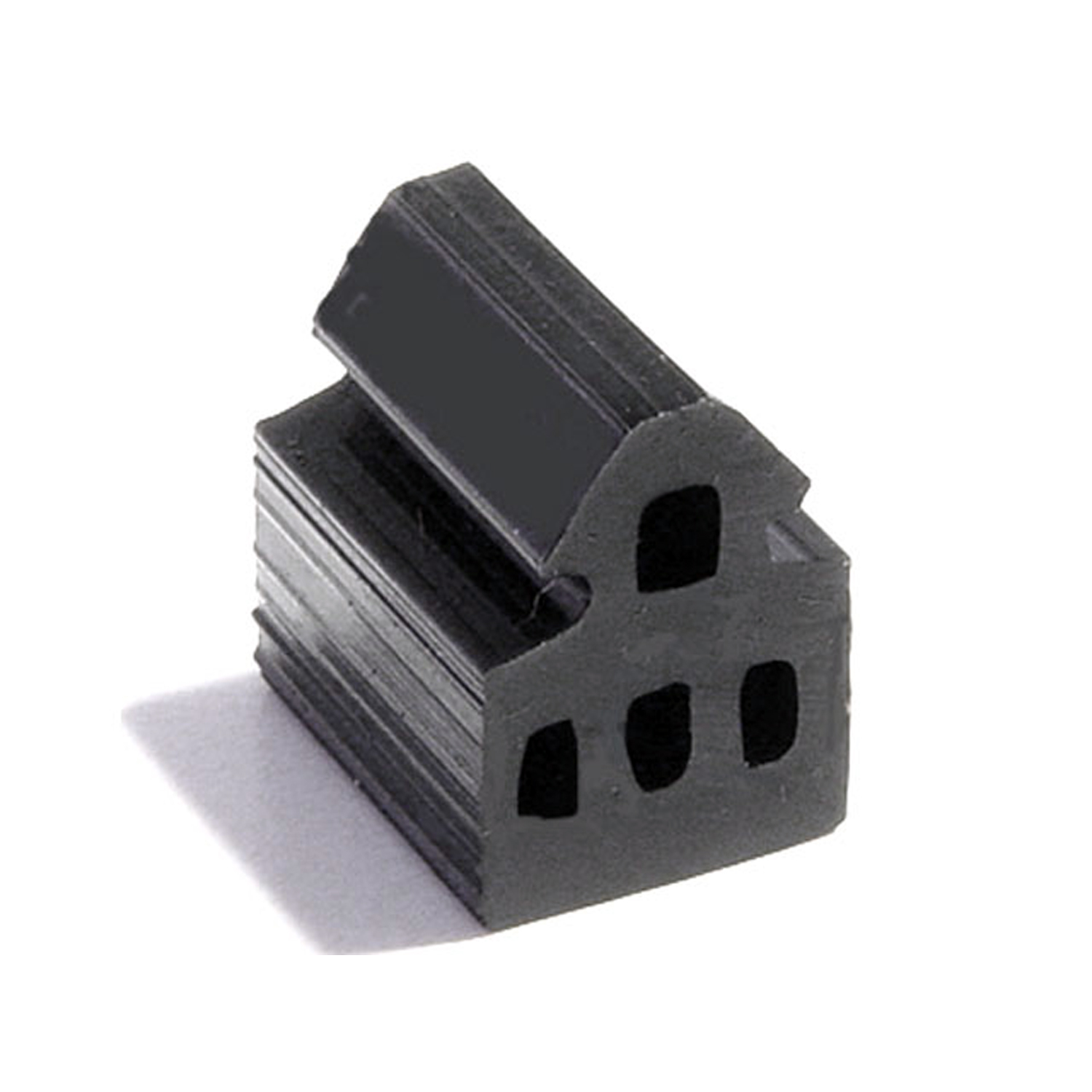 1972 Dodge Challenger Door Bumper. 5/8" wide, made from extrusion. Each-DB 52Door Bumper. 5/8" wide, made from extrusion. Each
1972 Dodge Challenger Door Bumper. 5/8" wide, made from extrusion. Each-DB 52Door Bumper. 5/8" wide, made from extrusion. Each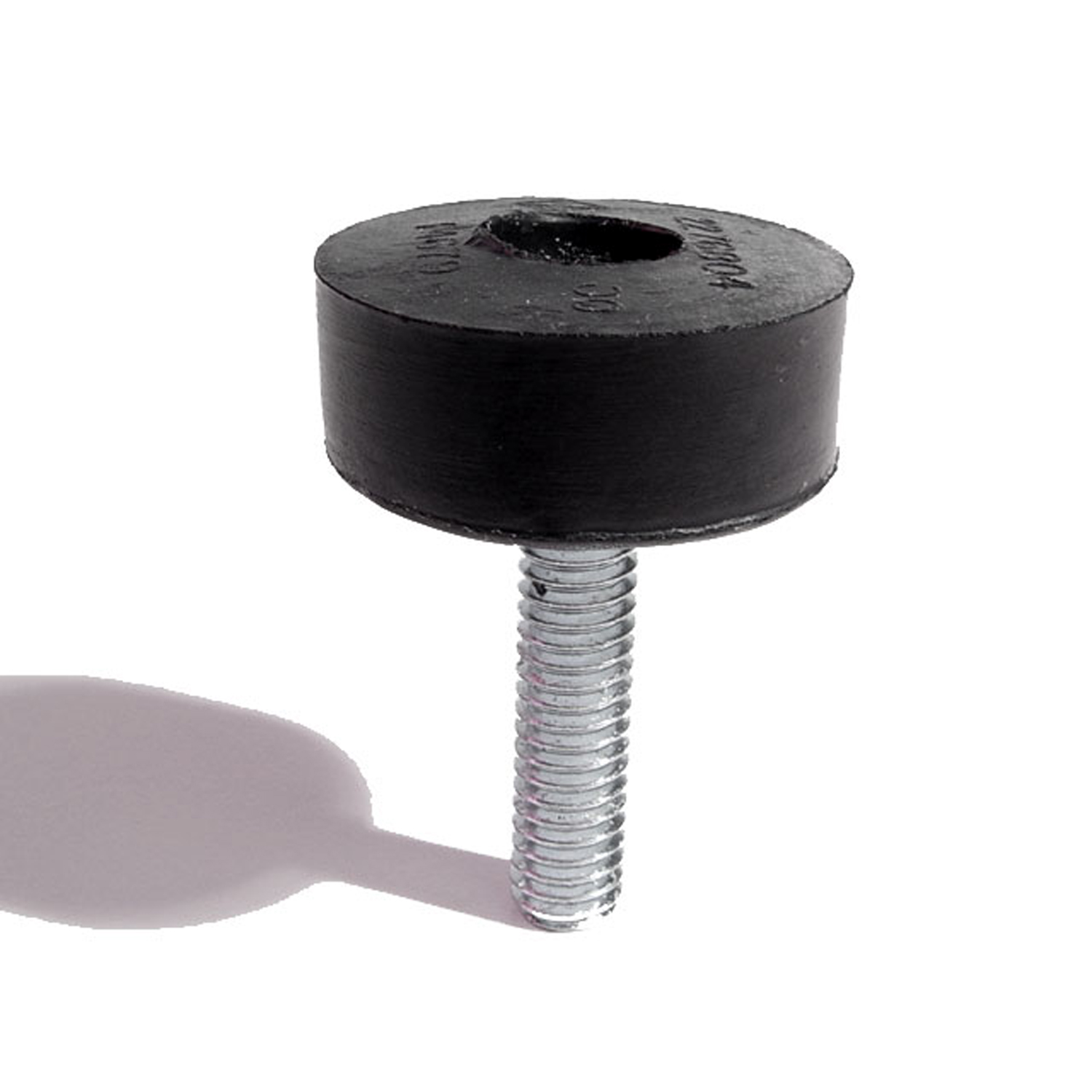 1972 Dodge Challenger Hood Adjustment Bolt and Bumper-HA 8Hood Adjustment Bolt and Bumper. 1-3/16" diameter rubber head. 5/16" thick X 18 threads/inch X 1-1/4" long bolt. Each
1972 Dodge Challenger Hood Adjustment Bolt and Bumper-HA 8Hood Adjustment Bolt and Bumper. 1-3/16" diameter rubber head. 5/16" thick X 18 threads/inch X 1-1/4" long bolt. Each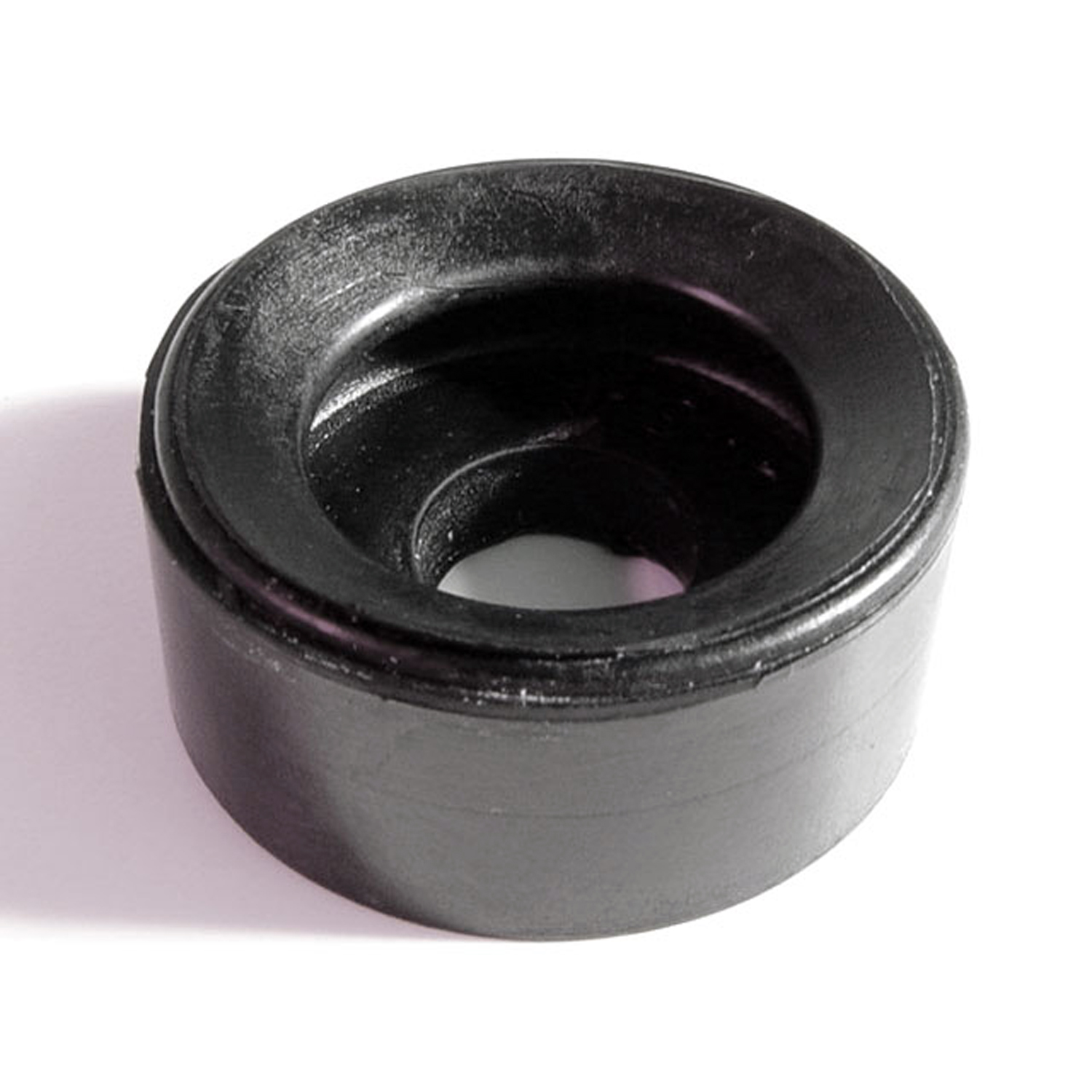 1972 Dodge Challenger Hood Adjustment Bumper. 1-1/4" O.D-HA 8-AHood Adjustment Bumper. 1-1/4" O.D., 3/4" large hole, 7/16" small hole, 1/2" thick. Each
1972 Dodge Challenger Hood Adjustment Bumper. 1-1/4" O.D-HA 8-AHood Adjustment Bumper. 1-1/4" O.D., 3/4" large hole, 7/16" small hole, 1/2" thick. Each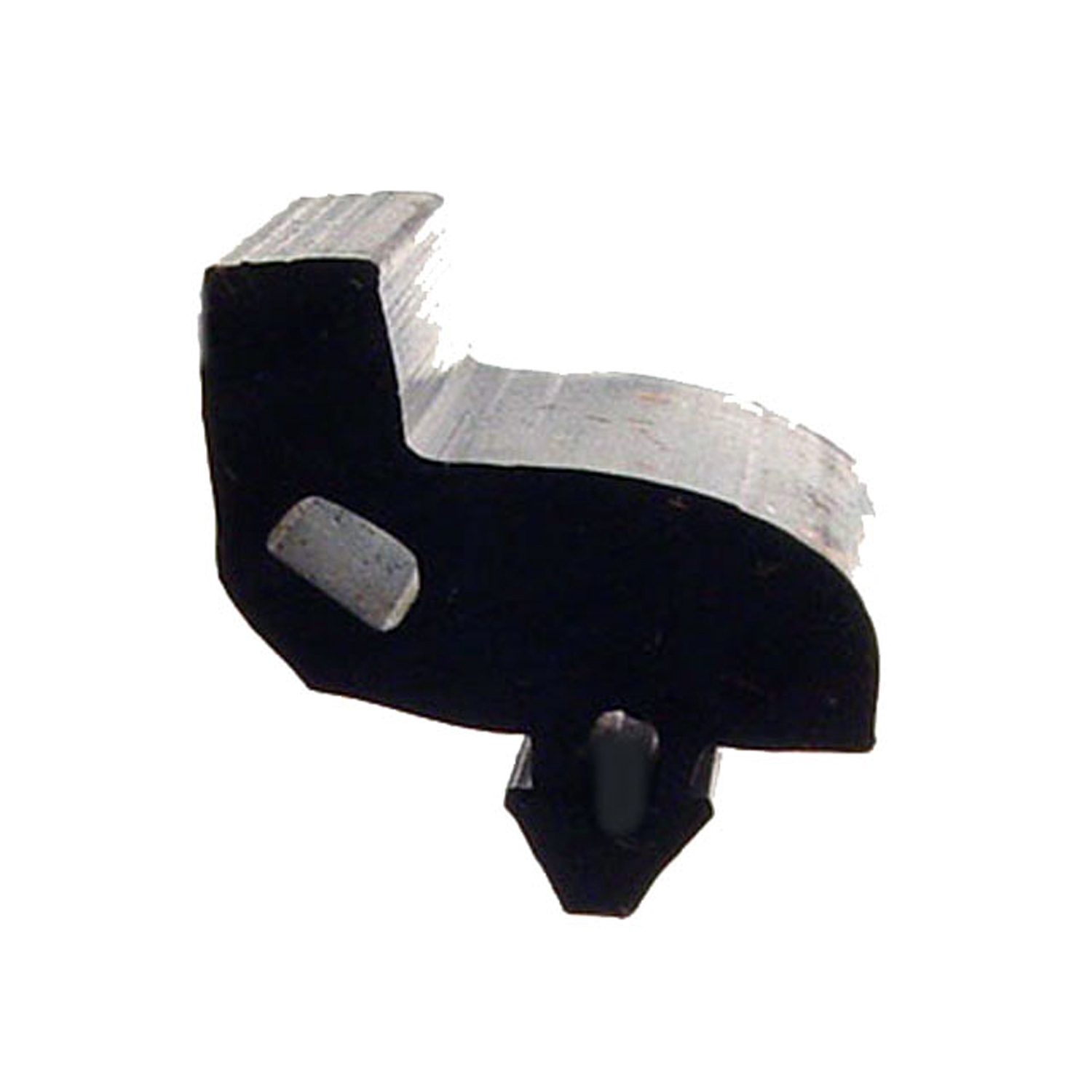 1972 Dodge Challenger Front Hood Bumper. Each-HF 60Front Hood Bumper. Each
1972 Dodge Challenger Front Hood Bumper. Each-HF 60Front Hood Bumper. Each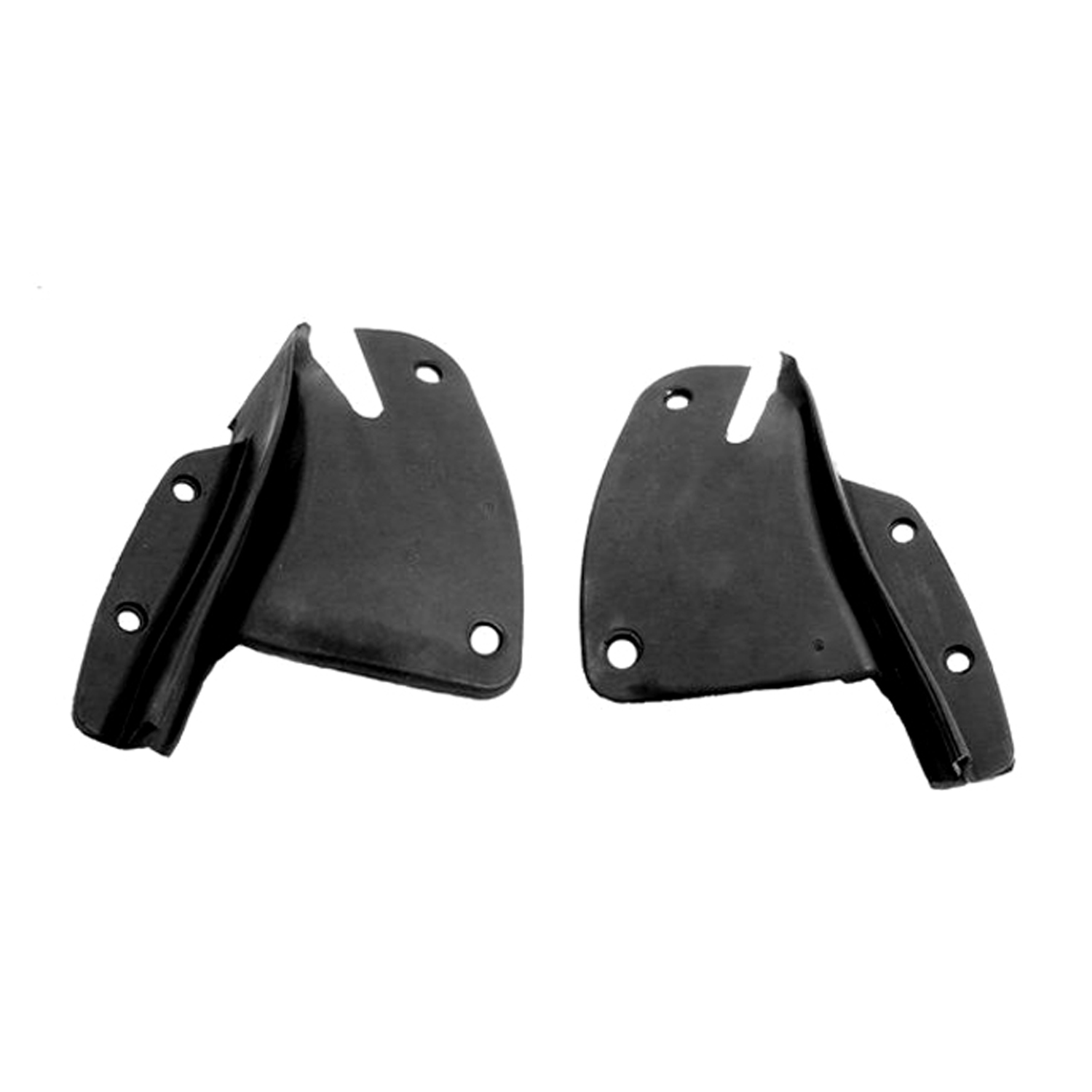 1972 Dodge Challenger Molded Door End Seal (Imported). Made with steel cores-IS-ALP 7004Molded Door End Seal (Imported). Made with steel cores. Pair R&L
1972 Dodge Challenger Molded Door End Seal (Imported). Made with steel cores-IS-ALP 7004Molded Door End Seal (Imported). Made with steel cores. Pair R&L 1972 Dodge Challenger Lens Gasket Kit. 16-Piece Set-LGK 2722-100Lens Gasket Kit. 16-Piece Set
1972 Dodge Challenger Lens Gasket Kit. 16-Piece Set-LGK 2722-100Lens Gasket Kit. 16-Piece Set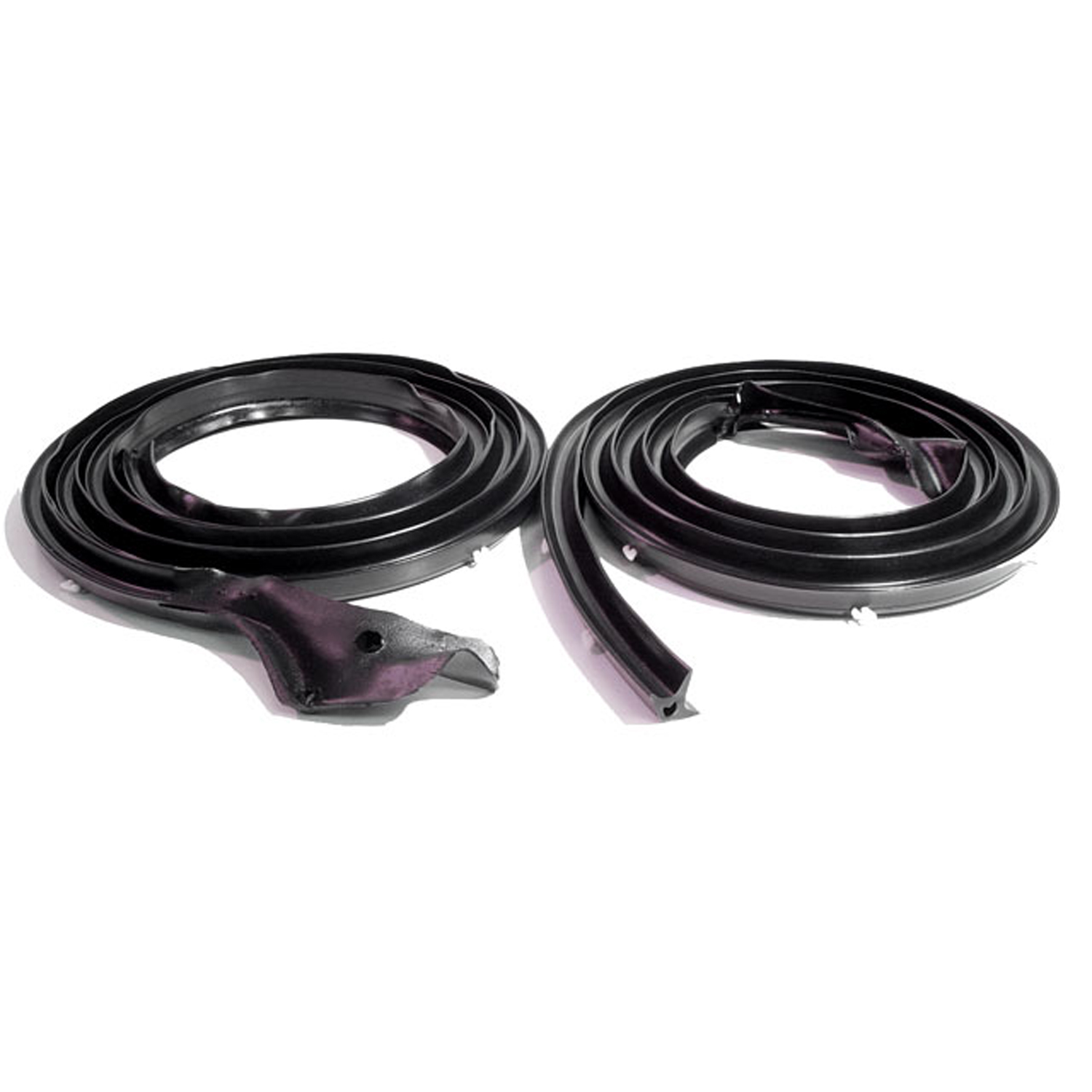 1972 Dodge Challenger Molded Door Seals with Clips. For 2-Door Hardtop-LM 23-AMolded Door Seals with Clips. For 2-Door Hardtop. Replaces OEM #2895478/9. Pair R&L
1972 Dodge Challenger Molded Door Seals with Clips. For 2-Door Hardtop-LM 23-AMolded Door Seals with Clips. For 2-Door Hardtop. Replaces OEM #2895478/9. Pair R&L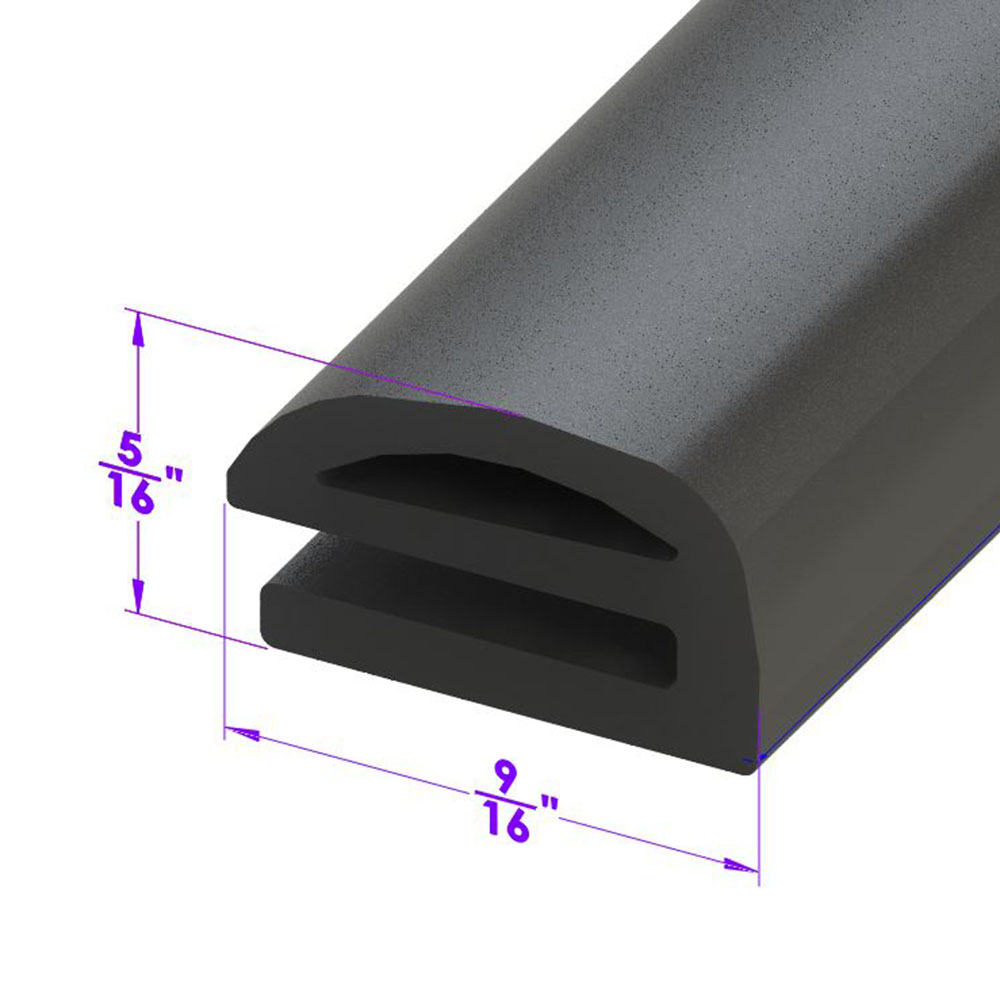 1972 Dodge Challenger Rear Window Louver Seal. Sold by the foot-LP 103-GRear Window Louver Seal. Sold by the foot
1972 Dodge Challenger Rear Window Louver Seal. Sold by the foot-LP 103-GRear Window Louver Seal. Sold by the foot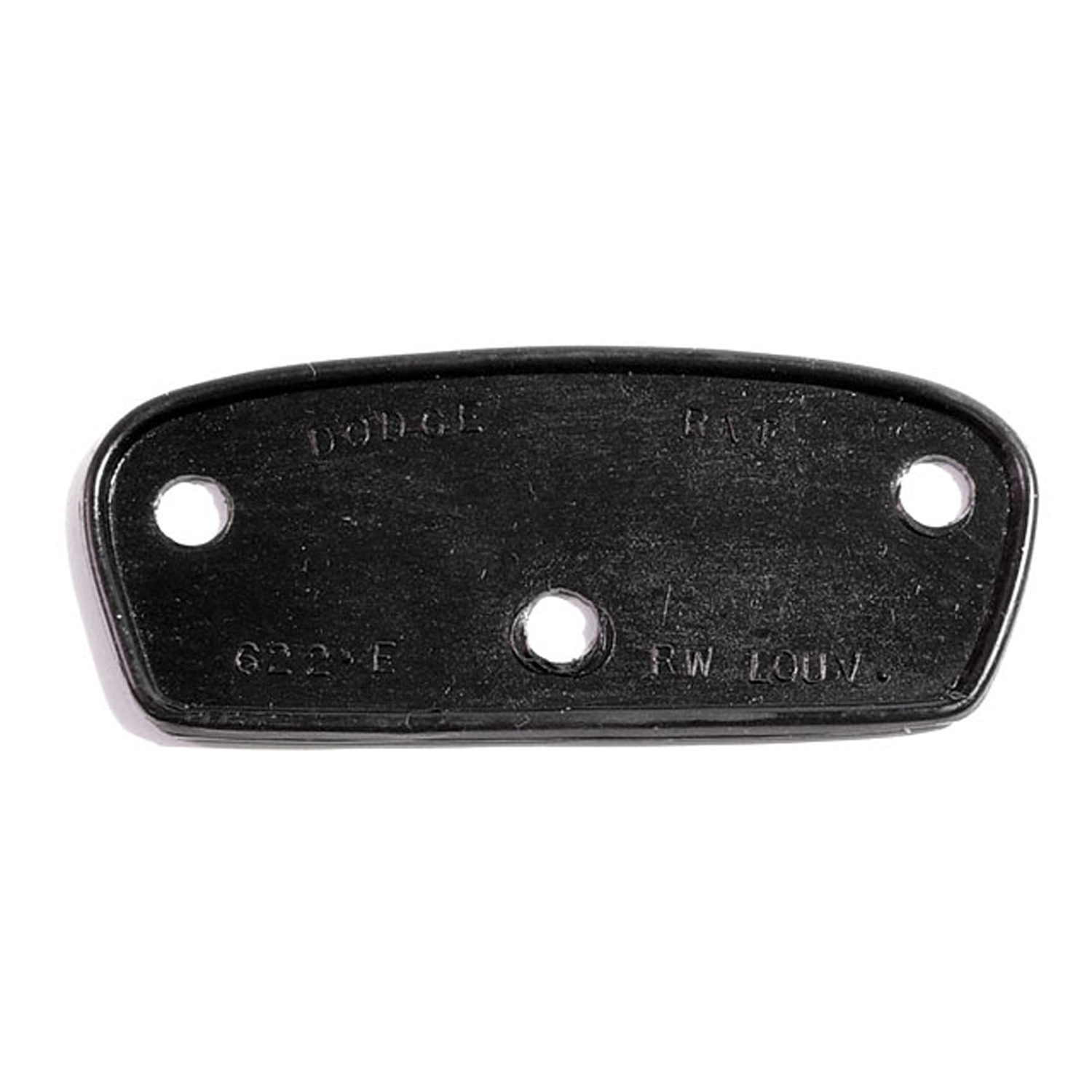 1972 Dodge Challenger Rear Window Louver Hinge Pad-MP 622-ERear Window Louver Hinge Pad. For 2-door coupe with rear louvers. 3-3/8" wide X 1-1/2" long. Each
1972 Dodge Challenger Rear Window Louver Hinge Pad-MP 622-ERear Window Louver Hinge Pad. For 2-door coupe with rear louvers. 3-3/8" wide X 1-1/2" long. Each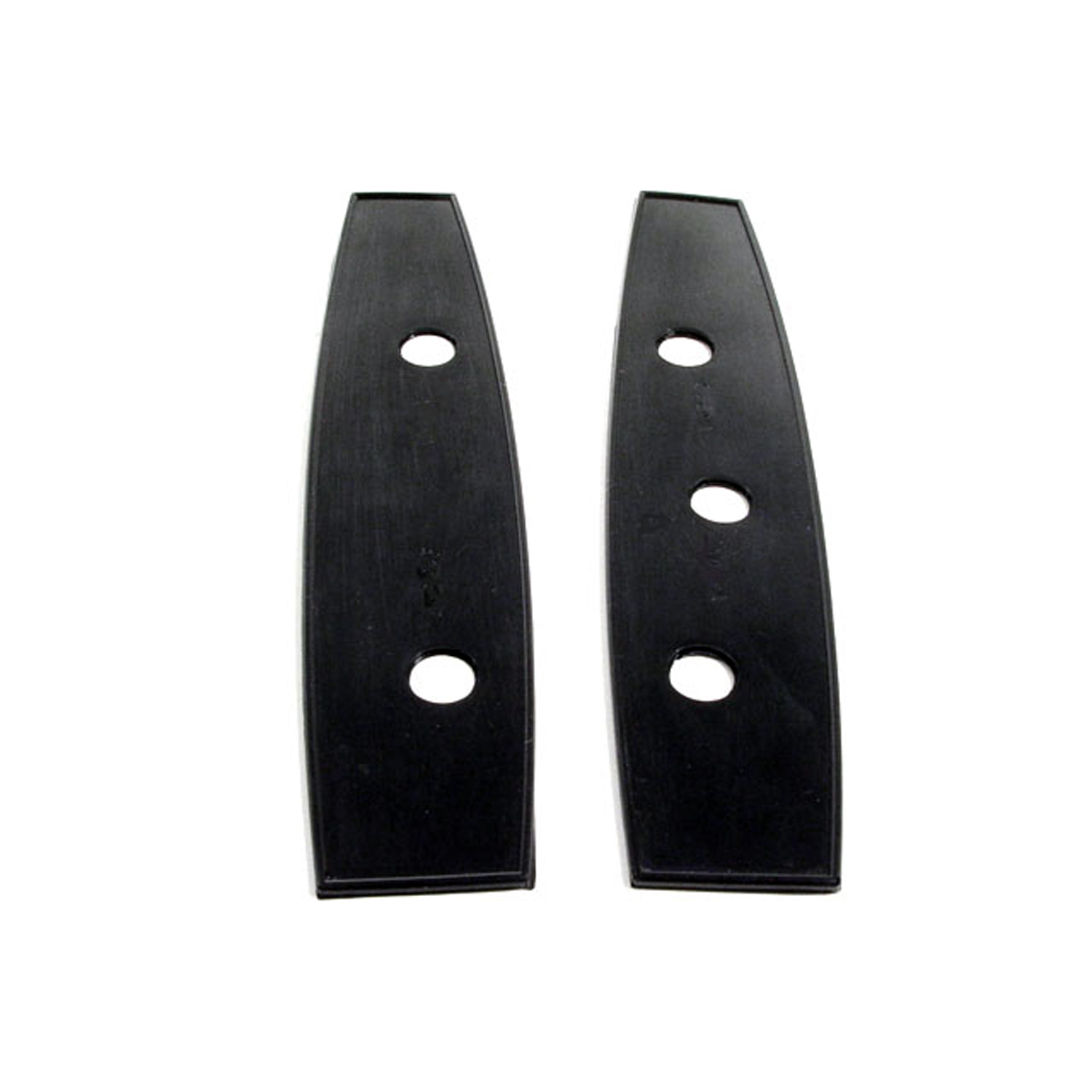 1972 Dodge Challenger Mirror Mounting Pads. Left side + remote (3-holes)-MP 622-FMirror Mounting Pads. Left side + remote (3-holes). 6-9/16" long X 1-7/16" wide. Pair L&R
1972 Dodge Challenger Mirror Mounting Pads. Left side + remote (3-holes)-MP 622-FMirror Mounting Pads. Left side + remote (3-holes). 6-9/16" long X 1-7/16" wide. Pair L&R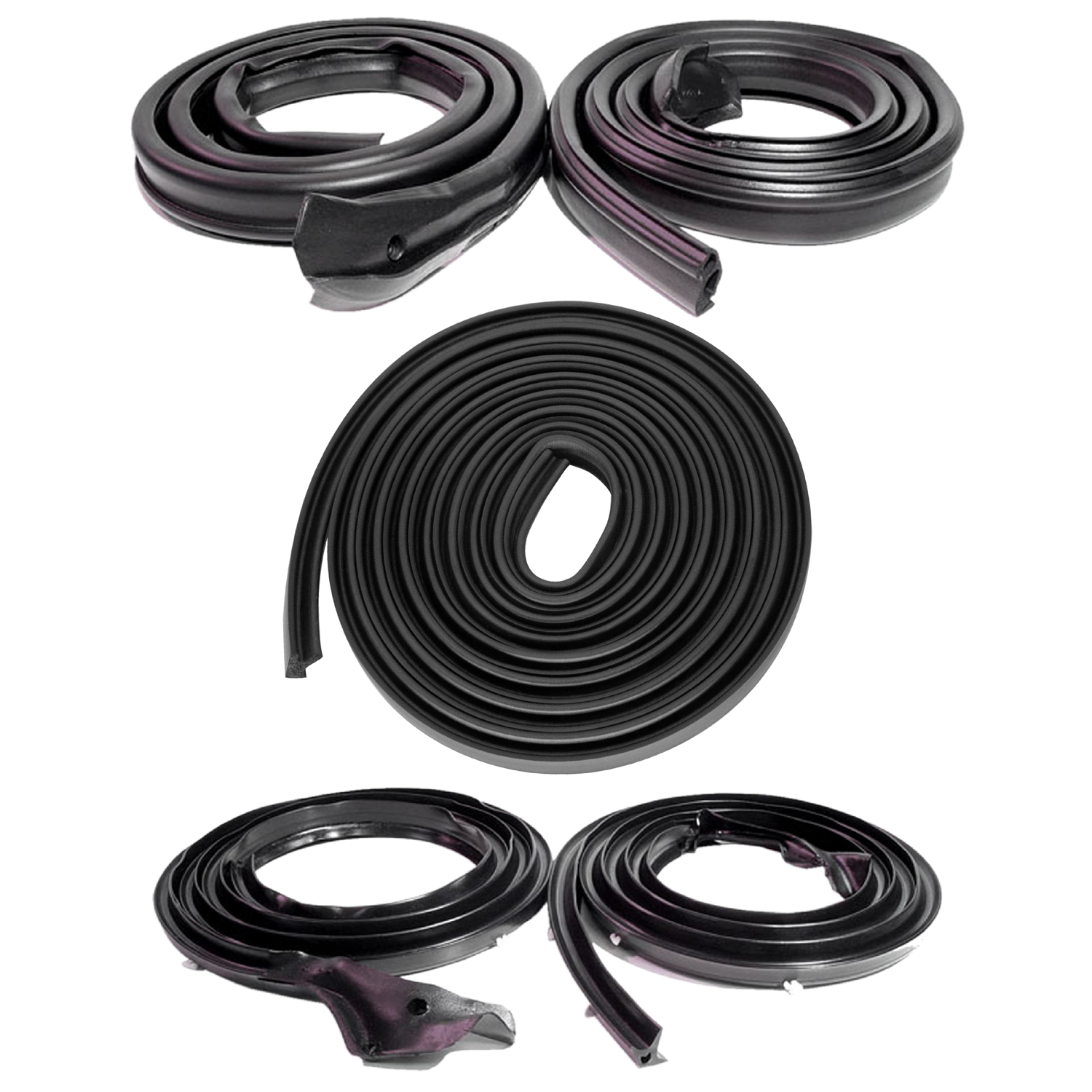 1972 Dodge Challenger Basic Kit, for 2-Door Hardtop-RKB 4005-112/ABasic Kit, for 2-Door Hardtop. Door (LM 23-A) Roof Rail (RR 4009-A) Trunk (TK 64-A/14), Seals.
1972 Dodge Challenger Basic Kit, for 2-Door Hardtop-RKB 4005-112/ABasic Kit, for 2-Door Hardtop. Door (LM 23-A) Roof Rail (RR 4009-A) Trunk (TK 64-A/14), Seals.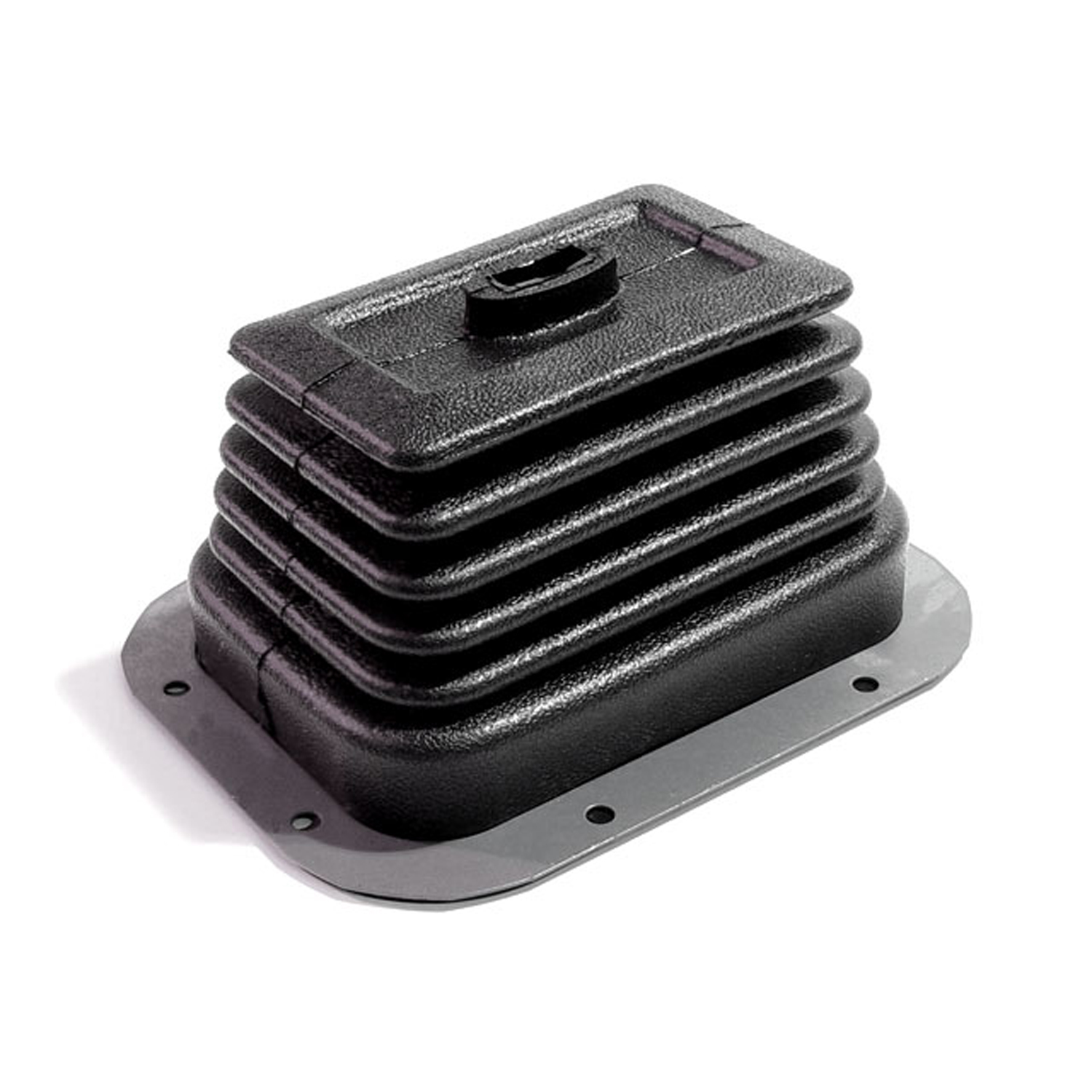 1972 Dodge Challenger Shift Boot, for Pistol Grip Shifter-RP 34-MShift Boot, for Pistol Grip Shifter. 7-1/4" X 5-1/4" at base. Each
1972 Dodge Challenger Shift Boot, for Pistol Grip Shifter-RP 34-MShift Boot, for Pistol Grip Shifter. 7-1/4" X 5-1/4" at base. Each 1972 Dodge Challenger Drain Flap on Cowl. Each-RP 900-ADrain Flap on Cowl. Each
1972 Dodge Challenger Drain Flap on Cowl. Each-RP 900-ADrain Flap on Cowl. Each 1972 Dodge Challenger Molded Roof Rail Seals for 2-Door Hardtop. Pair R&L-RR 4009-AMolded Roof Rail Seals for 2-Door Hardtop. Pair R&L
1972 Dodge Challenger Molded Roof Rail Seals for 2-Door Hardtop. Pair R&L-RR 4009-AMolded Roof Rail Seals for 2-Door Hardtop. Pair R&L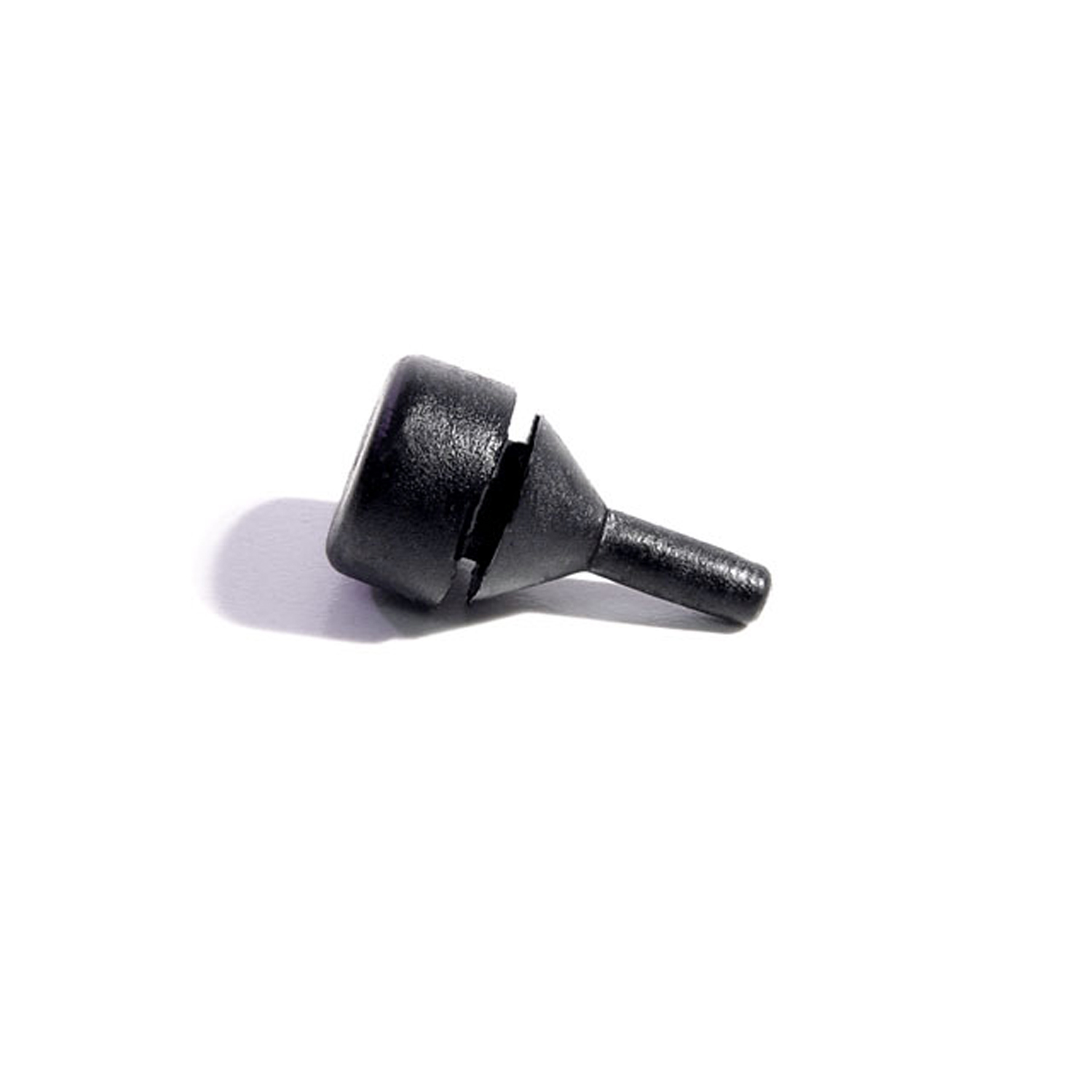 1972 Dodge Challenger Ashtray Bumper. 7/8" high, 1/2" O.D. Each-SB 122Ashtray Bumper. 7/8" high, 1/2" O.D. Each
1972 Dodge Challenger Ashtray Bumper. 7/8" high, 1/2" O.D. Each-SB 122Ashtray Bumper. 7/8" high, 1/2" O.D. Each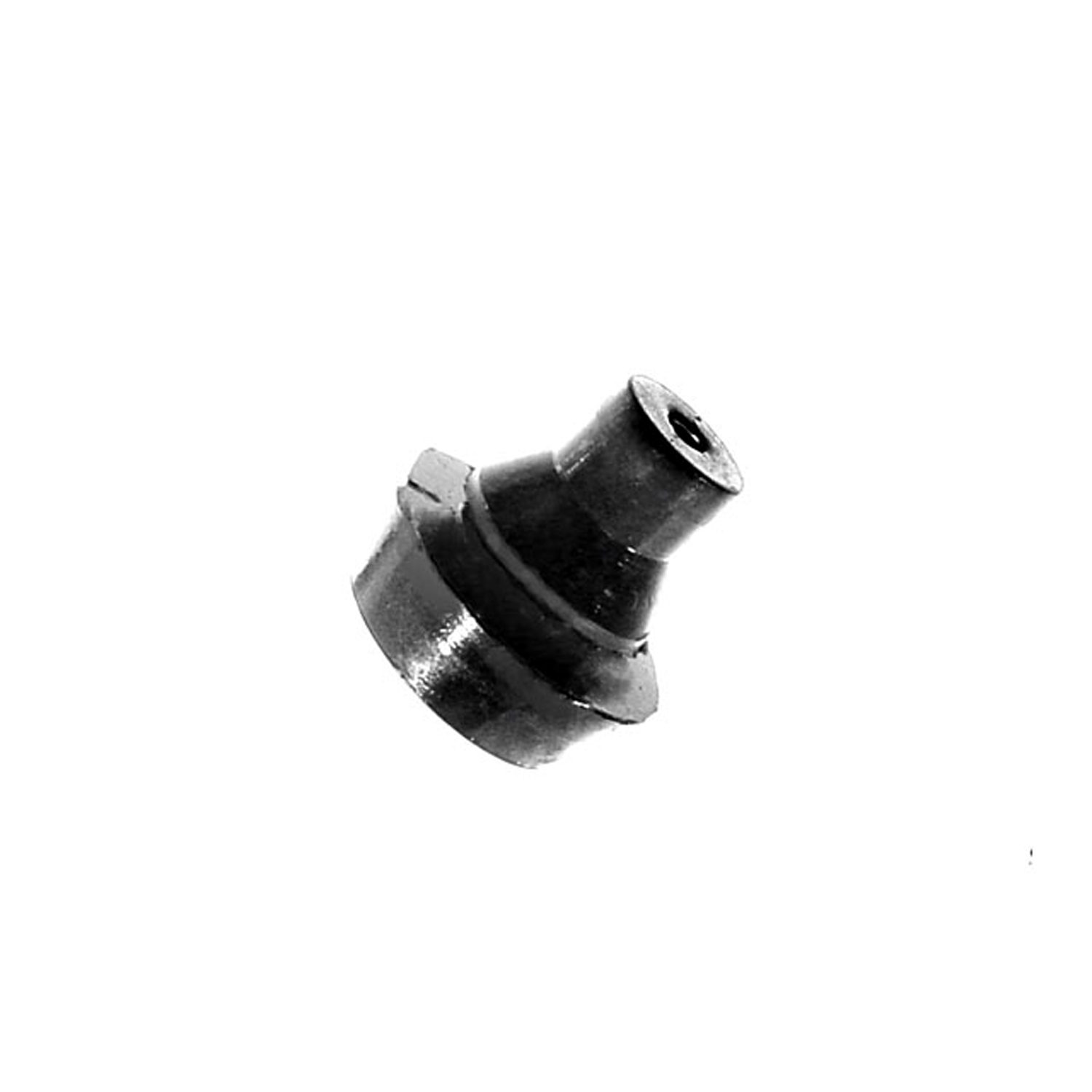 1972 Dodge Challenger License Plate Bumper. Replaces OEM #2094618-SB 123License Plate Bumper. Replaces OEM #2094618. 5/8" high, 5/8" O.D. Each
1972 Dodge Challenger License Plate Bumper. Replaces OEM #2094618-SB 123License Plate Bumper. Replaces OEM #2094618. 5/8" high, 5/8" O.D. Each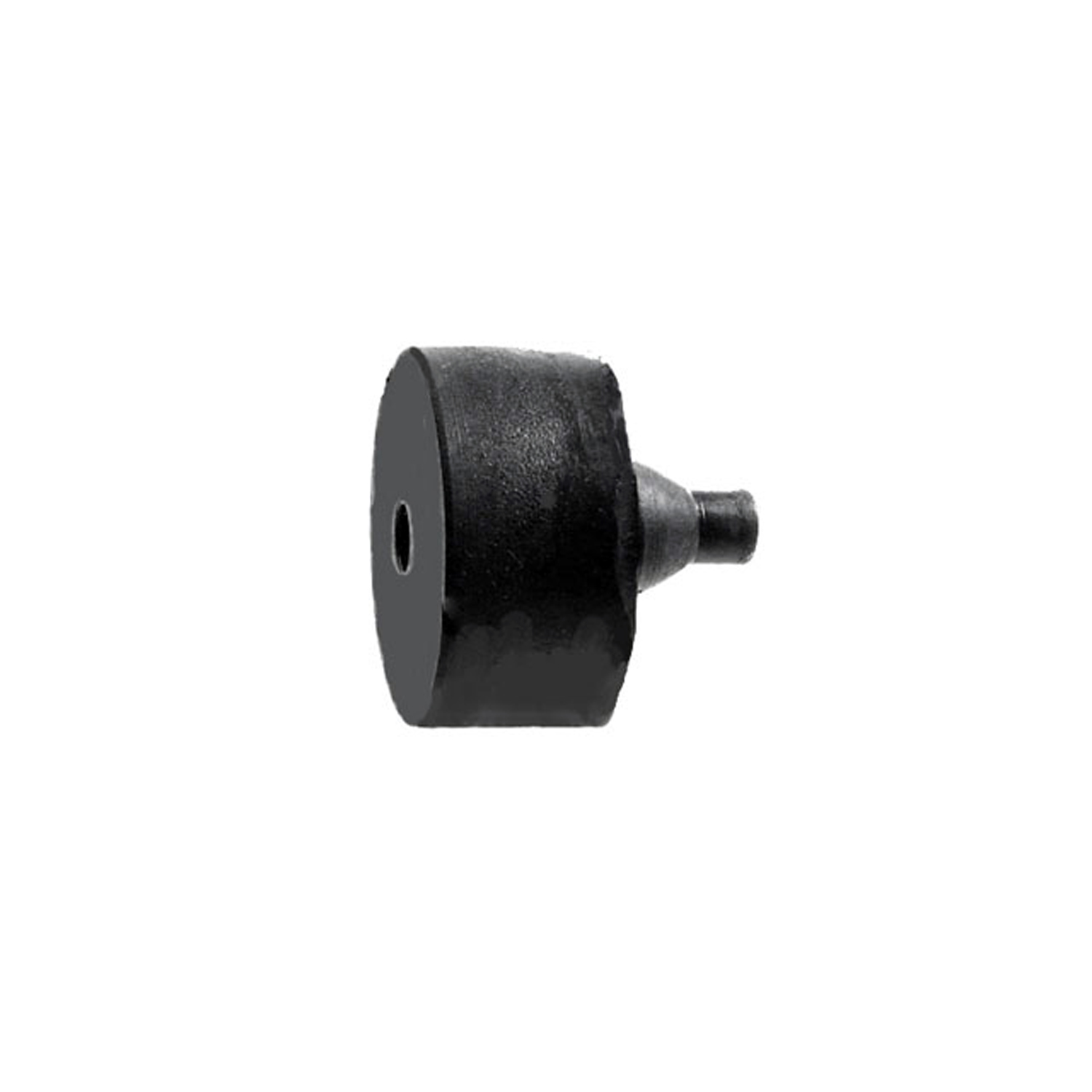 1972 Dodge Challenger Hood and Trunk Bumper. Replaces OEM #2785714. Each-SB 124Hood and Trunk Bumper. Replaces OEM #2785714. Each
1972 Dodge Challenger Hood and Trunk Bumper. Replaces OEM #2785714. Each-SB 124Hood and Trunk Bumper. Replaces OEM #2785714. Each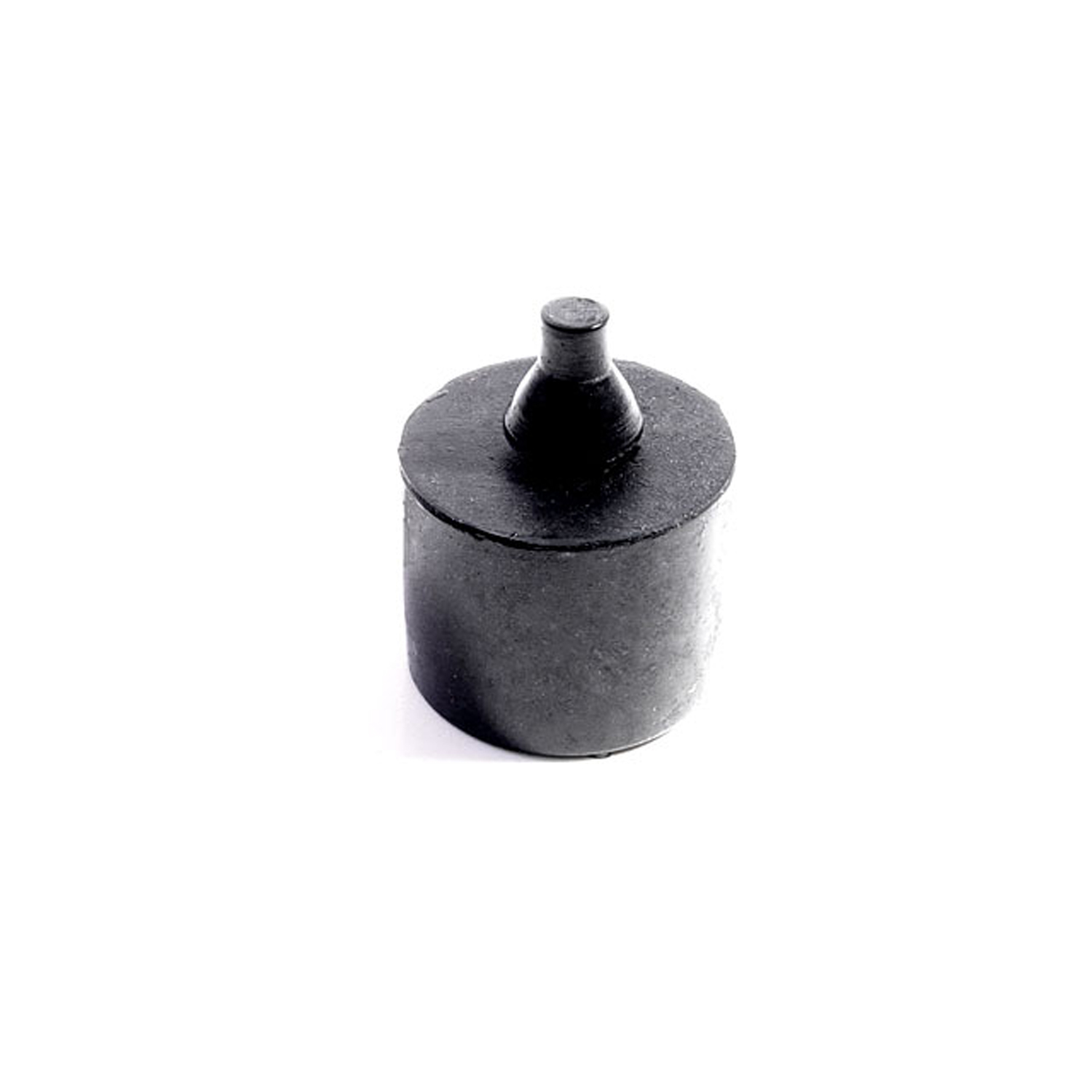 1972 Dodge Challenger Rear Center Hood & Trunk Bumper ('68: Trunk '70-'74: Hood)-SB 125Rear Center Hood & Trunk Bumper ('68: Trunk '70-'74: Hood). 1-1/8" high, 15/16" O.D. Each
1972 Dodge Challenger Rear Center Hood & Trunk Bumper ('68: Trunk '70-'74: Hood)-SB 125Rear Center Hood & Trunk Bumper ('68: Trunk '70-'74: Hood). 1-1/8" high, 15/16" O.D. Each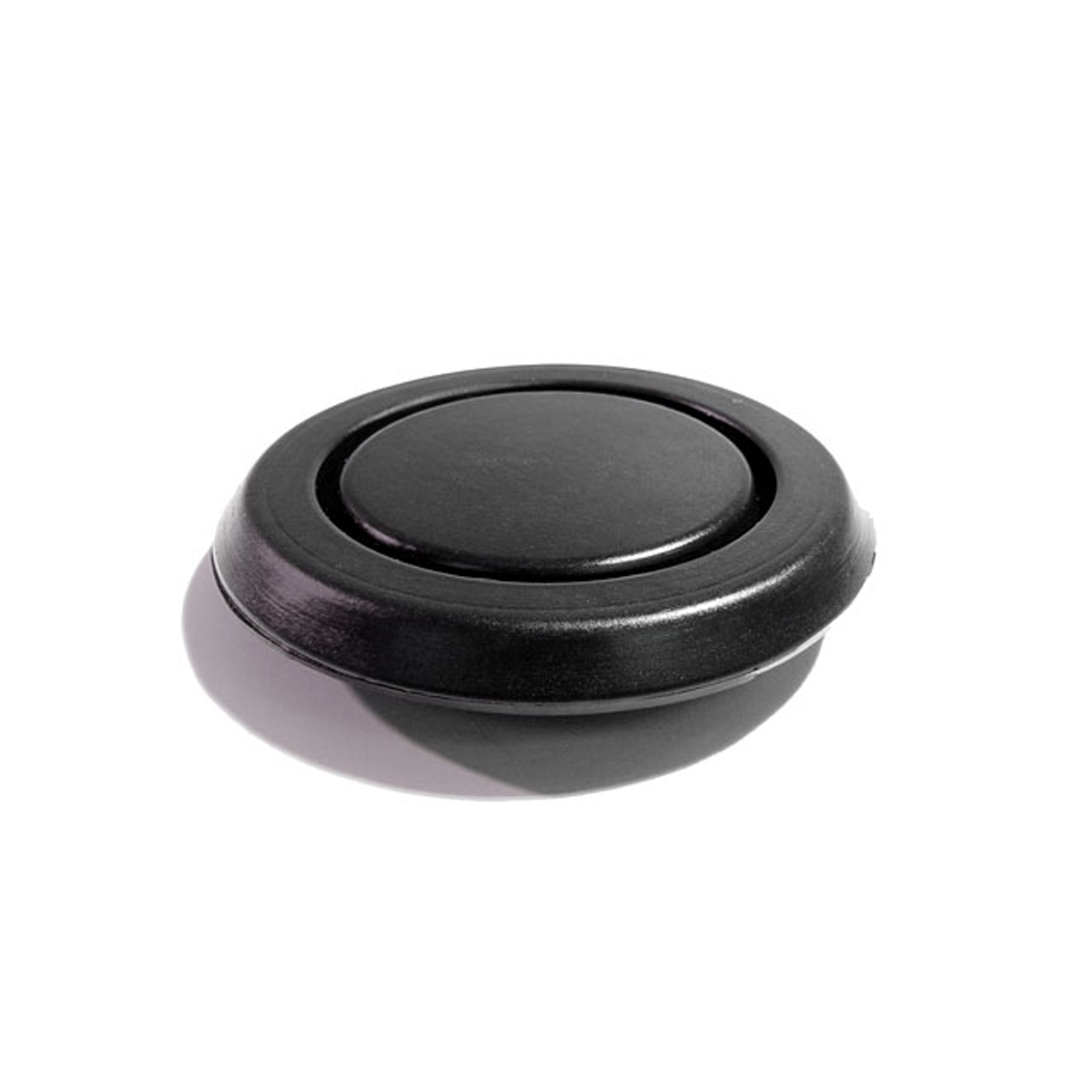 1972 Dodge Challenger Trunk Floor Plug. 2-1/8" O.D. Fits 1-3/4" hole-SB 127Trunk Floor Plug. 2-1/8" O.D. Fits 1-3/4" hole. Replaces OEM #2189375. Each
1972 Dodge Challenger Trunk Floor Plug. 2-1/8" O.D. Fits 1-3/4" hole-SB 127Trunk Floor Plug. 2-1/8" O.D. Fits 1-3/4" hole. Replaces OEM #2189375. Each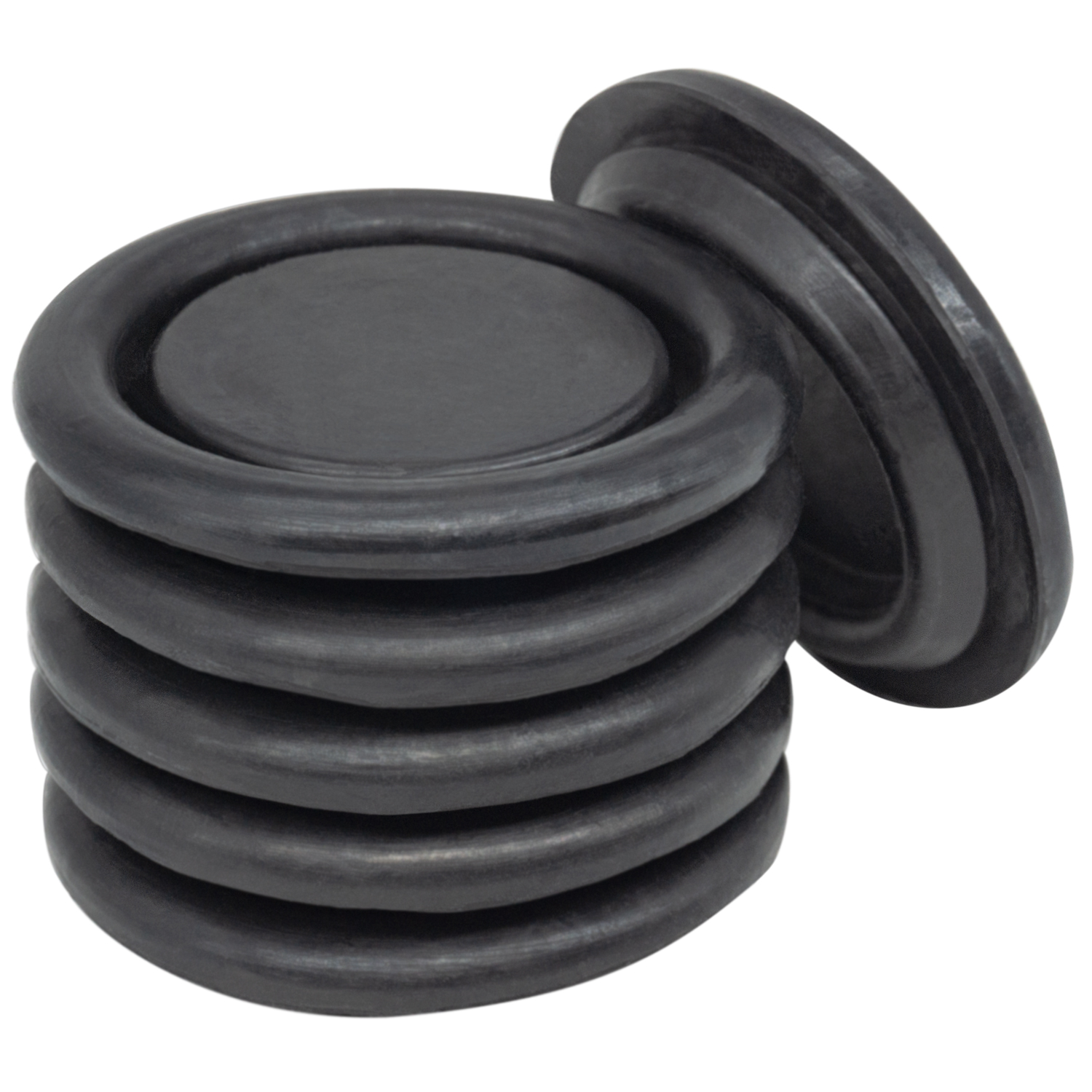 1972 Dodge Challenger Trunk Floor & Special Socket Plug-SB 127-A/BLTrunk Floor & Special Socket Plug. Fits 1-13/16" to 1-7/8" hole. Black rubber. Each
1972 Dodge Challenger Trunk Floor & Special Socket Plug-SB 127-A/BLTrunk Floor & Special Socket Plug. Fits 1-13/16" to 1-7/8" hole. Black rubber. Each 1972 Dodge Challenger Trunk and Body Plug. Fits 1-1/8" hole. Each-SB 127-DTrunk and Body Plug. Fits 1-1/8" hole. Each
1972 Dodge Challenger Trunk and Body Plug. Fits 1-1/8" hole. Each-SB 127-DTrunk and Body Plug. Fits 1-1/8" hole. Each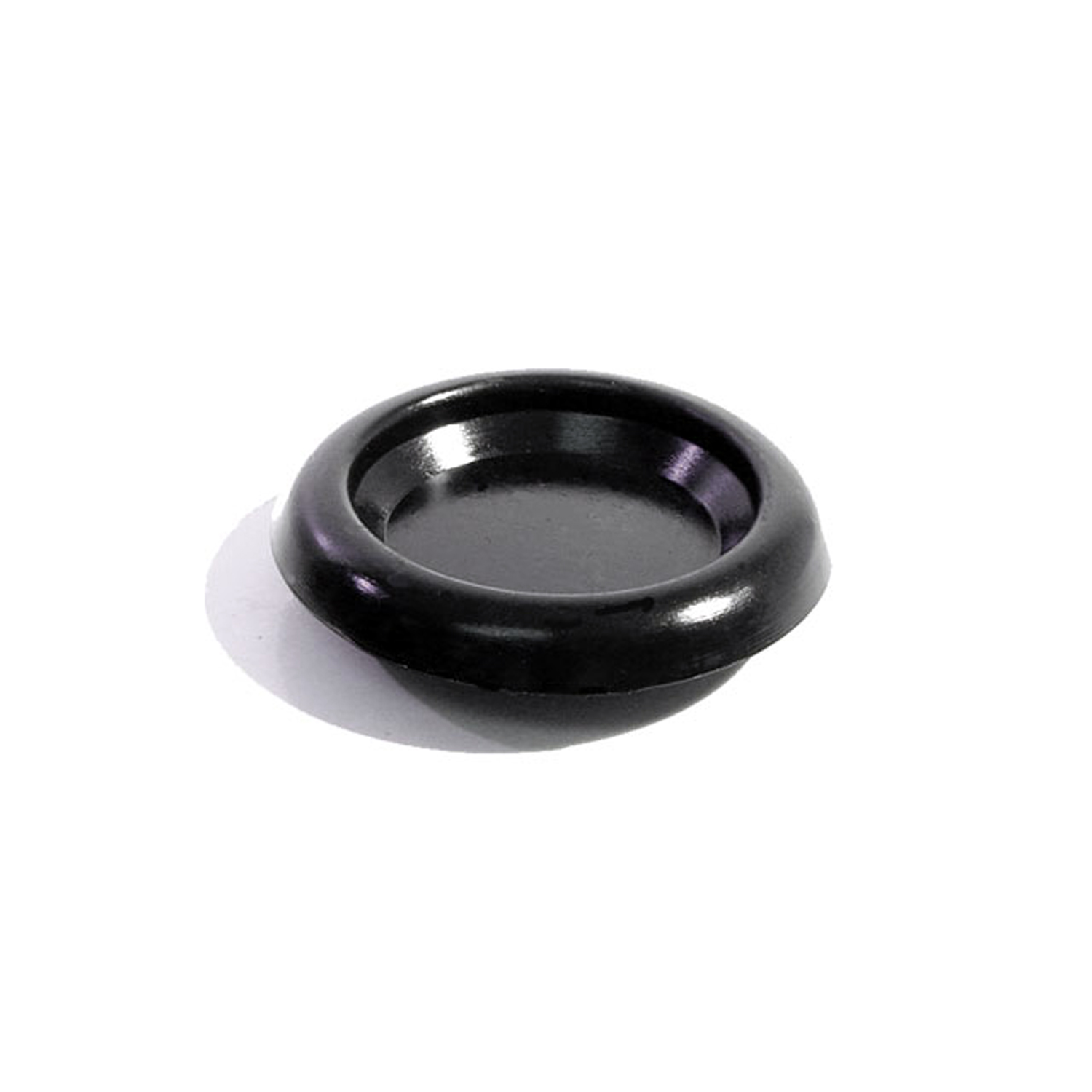 1972 Dodge Challenger Trunk and Body Plug. Fits 1-15/16" hole. Each-SB 127-ETrunk and Body Plug. Fits 1-15/16" hole. Each
1972 Dodge Challenger Trunk and Body Plug. Fits 1-15/16" hole. Each-SB 127-ETrunk and Body Plug. Fits 1-15/16" hole. Each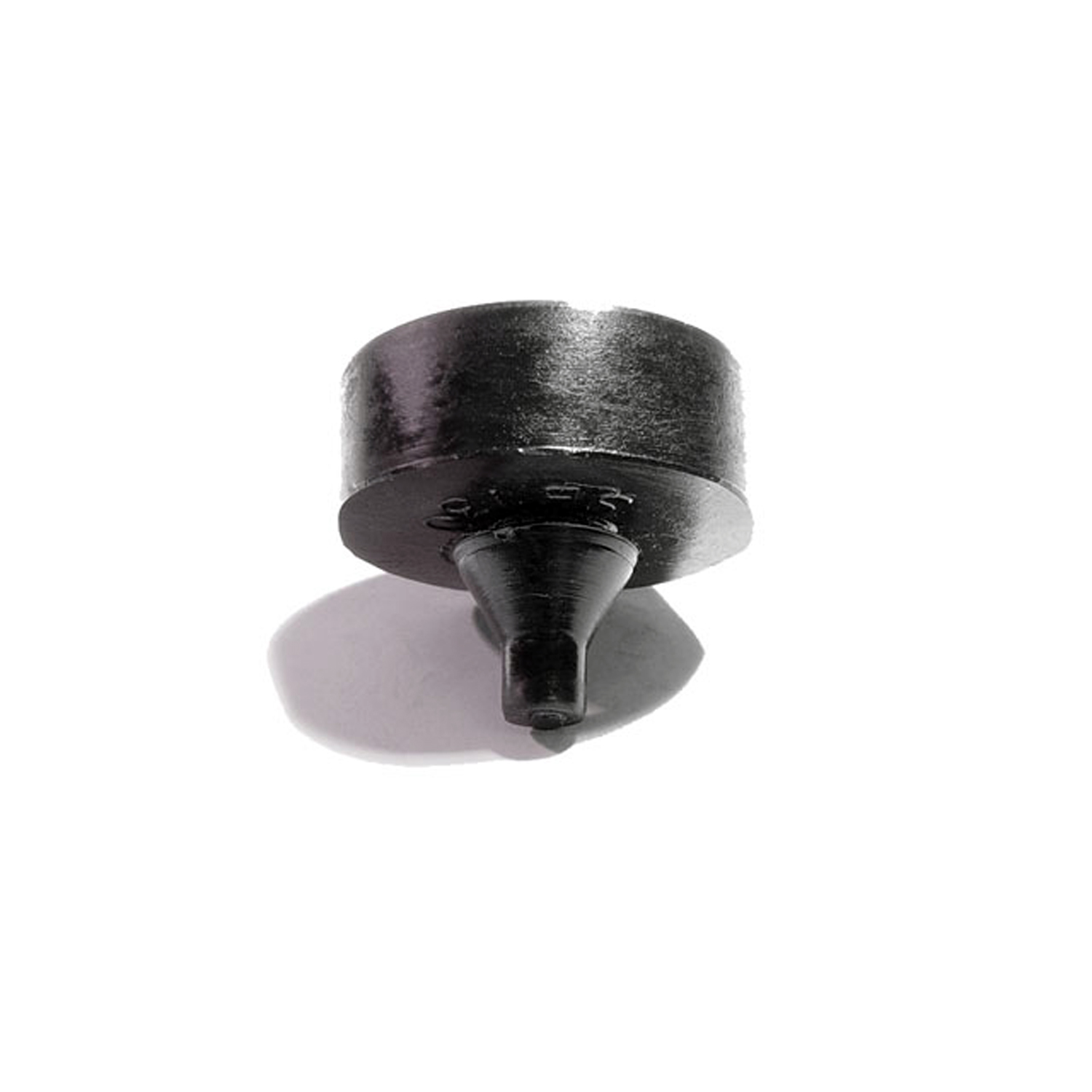 1972 Dodge Challenger Hood and Trunk Bumper. Each-SB 130Hood and Trunk Bumper. Each
1972 Dodge Challenger Hood and Trunk Bumper. Each-SB 130Hood and Trunk Bumper. Each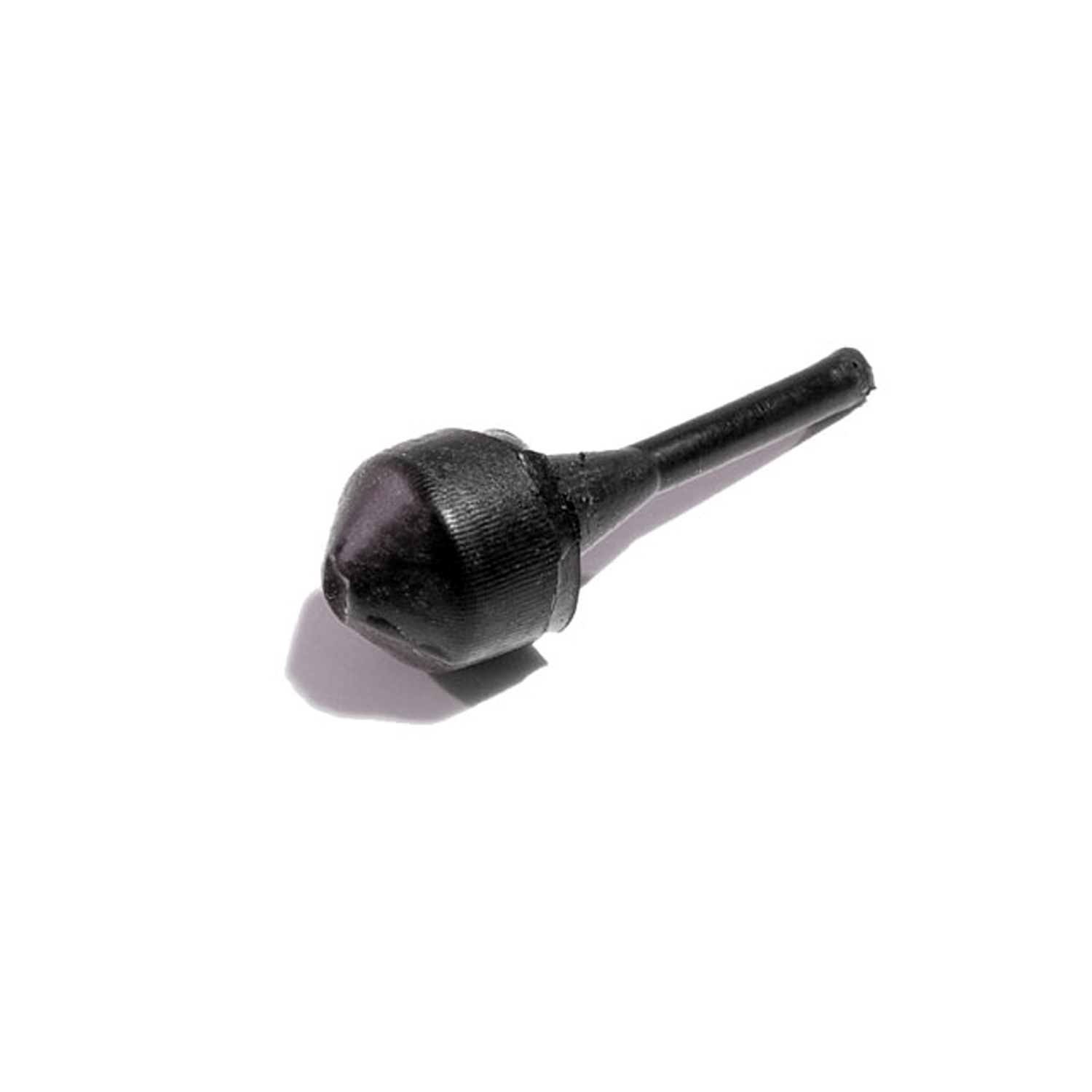 1972 Dodge Challenger Glove Box and Fuel Door Bumper. Fits 3/16" hole. Each-SB 78Glove Box and Fuel Door Bumper. Fits 3/16" hole. Each
1972 Dodge Challenger Glove Box and Fuel Door Bumper. Fits 3/16" hole. Each-SB 78Glove Box and Fuel Door Bumper. Fits 3/16" hole. Each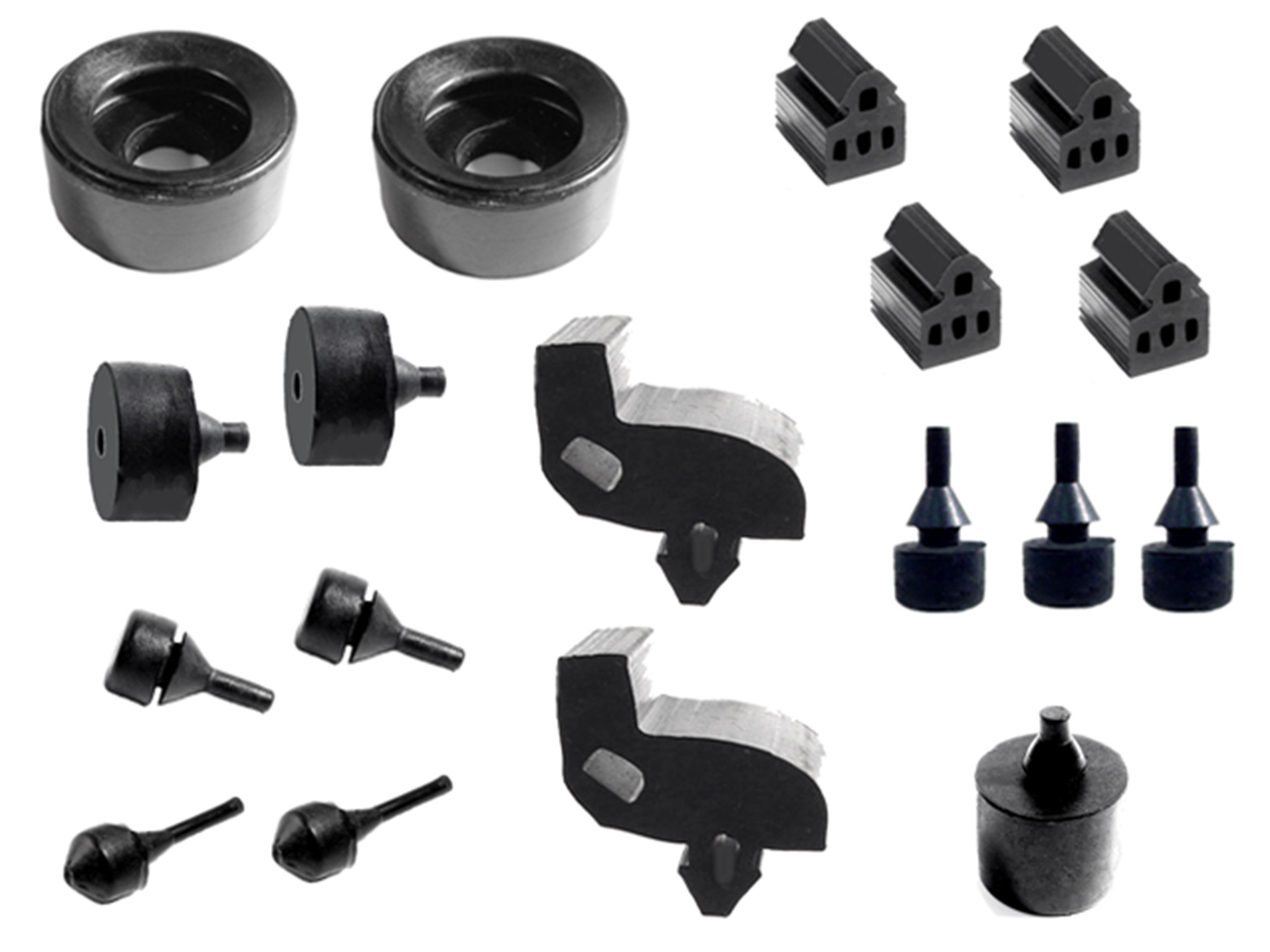 1972 Dodge Challenger Snap-In-Bumper Kit-SBK 2330Snap-In-Bumper Kit. 18-Piece Set Includes: (4)DB 52, (2)HA 8-A, (2)HF 60, (2)SB 122, (2)SB 124, (1)SB 125, (2)SB 78, (3)SB 86
1972 Dodge Challenger Snap-In-Bumper Kit-SBK 2330Snap-In-Bumper Kit. 18-Piece Set Includes: (4)DB 52, (2)HA 8-A, (2)HF 60, (2)SB 122, (2)SB 124, (1)SB 125, (2)SB 78, (3)SB 86 1972 Dodge Challenger Floor Panel Wire Grommet. Fits 3/4" hole. Each-SM 49Floor Panel Wire Grommet. Fits 3/4" hole. Each
1972 Dodge Challenger Floor Panel Wire Grommet. Fits 3/4" hole. Each-SM 49Floor Panel Wire Grommet. Fits 3/4" hole. Each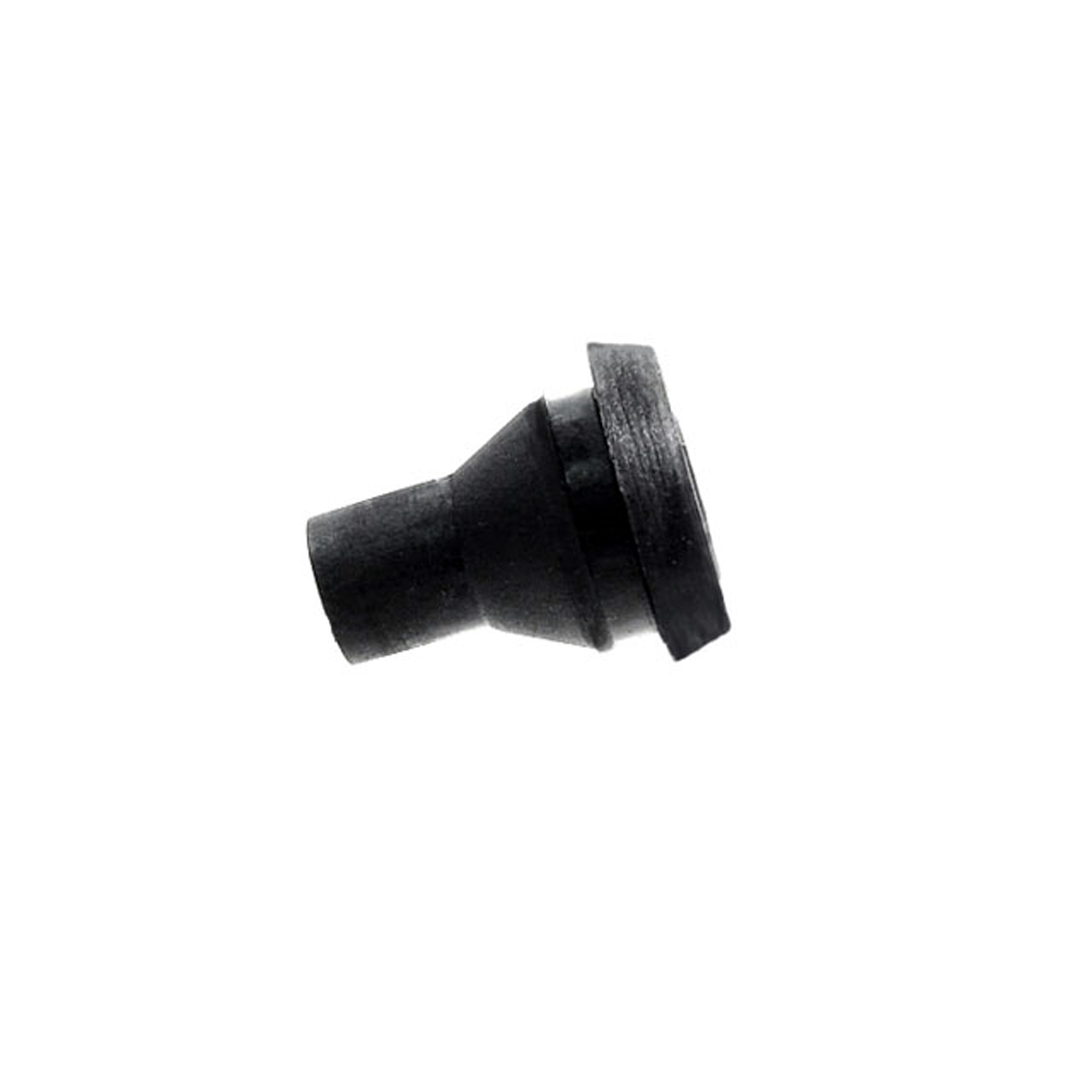 1972 Dodge Challenger License Light Wire Grommet. Each-SM 72License Light Wire Grommet. Each
1972 Dodge Challenger License Light Wire Grommet. Each-SM 72License Light Wire Grommet. Each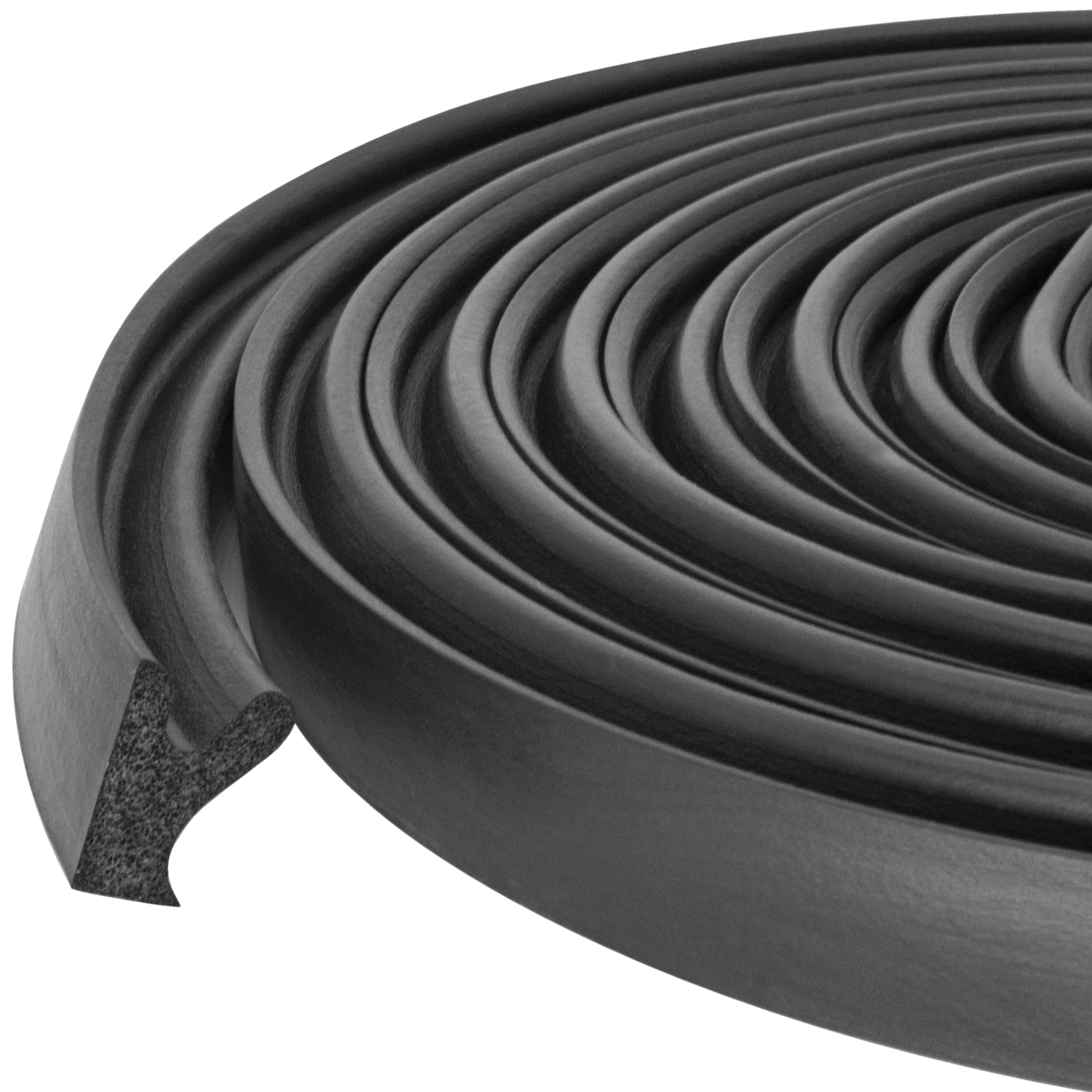 1972 Dodge Challenger Trunk Seal, (Early '73 models). 14' long. Each-TK 64-A/14Trunk Seal, (Early '73 models). 14' long. Each
1972 Dodge Challenger Trunk Seal, (Early '73 models). 14' long. Each-TK 64-A/14Trunk Seal, (Early '73 models). 14' long. Each 1972 Dodge Challenger Trunk Mat-TM 2701Trunk Mat. High quality reproduction, made specific for vehicle. Print on rubber. Each
1972 Dodge Challenger Trunk Mat-TM 2701Trunk Mat. High quality reproduction, made specific for vehicle. Print on rubber. Each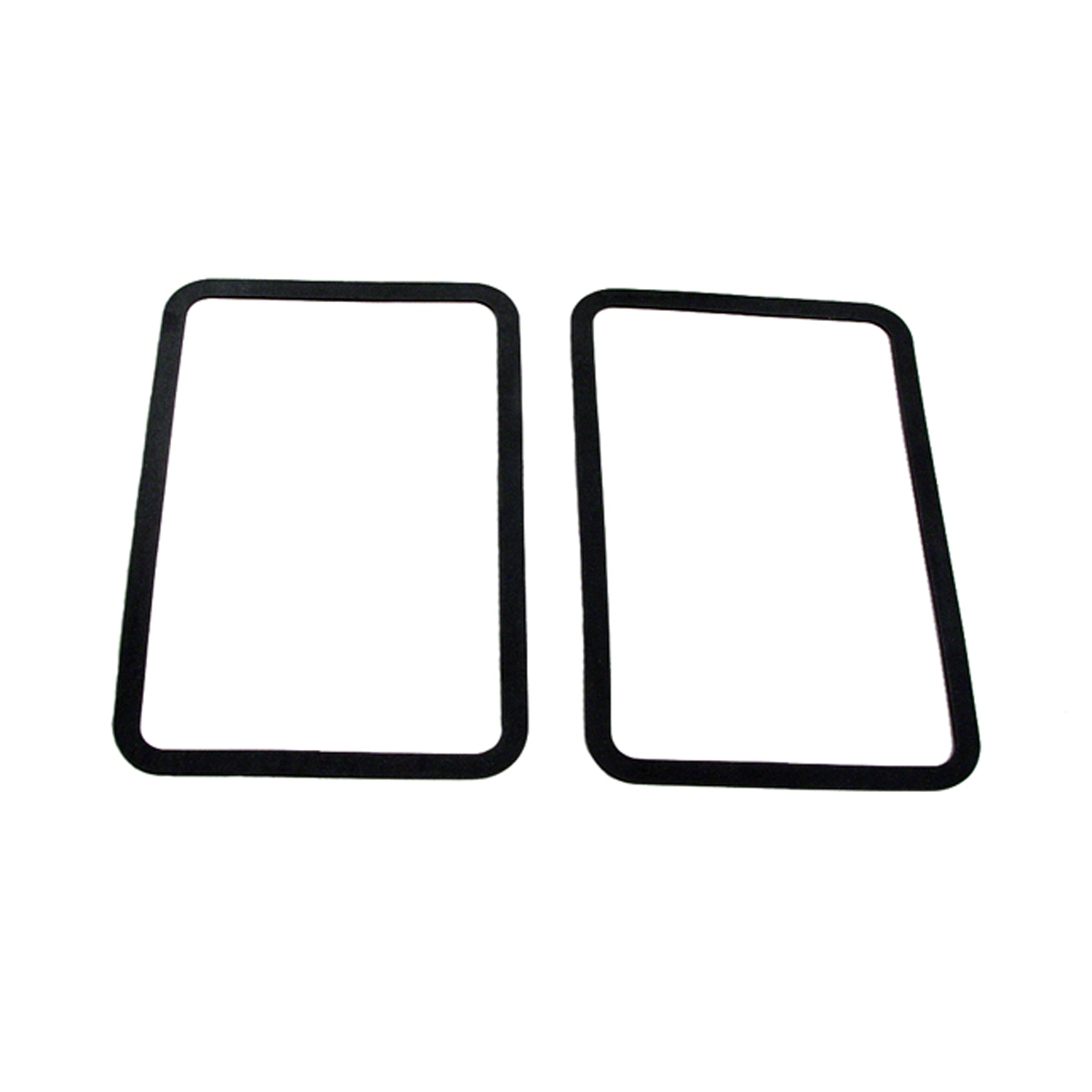 1972 Dodge Challenger Unbeaded door handle to body mounting pads. 3 in-UM 2700-102Unbeaded door handle to body mounting pads. 3 in. x 4-15/16 n. Pair.
1972 Dodge Challenger Unbeaded door handle to body mounting pads. 3 in-UM 2700-102Unbeaded door handle to body mounting pads. 3 in. x 4-15/16 n. Pair. 1972 Dodge Challenger Nylon Lock Cylinder Gasket. 1-1/4" O.D., 7/8" I.D. Each-UM 2700-104Nylon Lock Cylinder Gasket. 1-1/4" O.D., 7/8" I.D. Each
1972 Dodge Challenger Nylon Lock Cylinder Gasket. 1-1/4" O.D., 7/8" I.D. Each-UM 2700-104Nylon Lock Cylinder Gasket. 1-1/4" O.D., 7/8" I.D. Each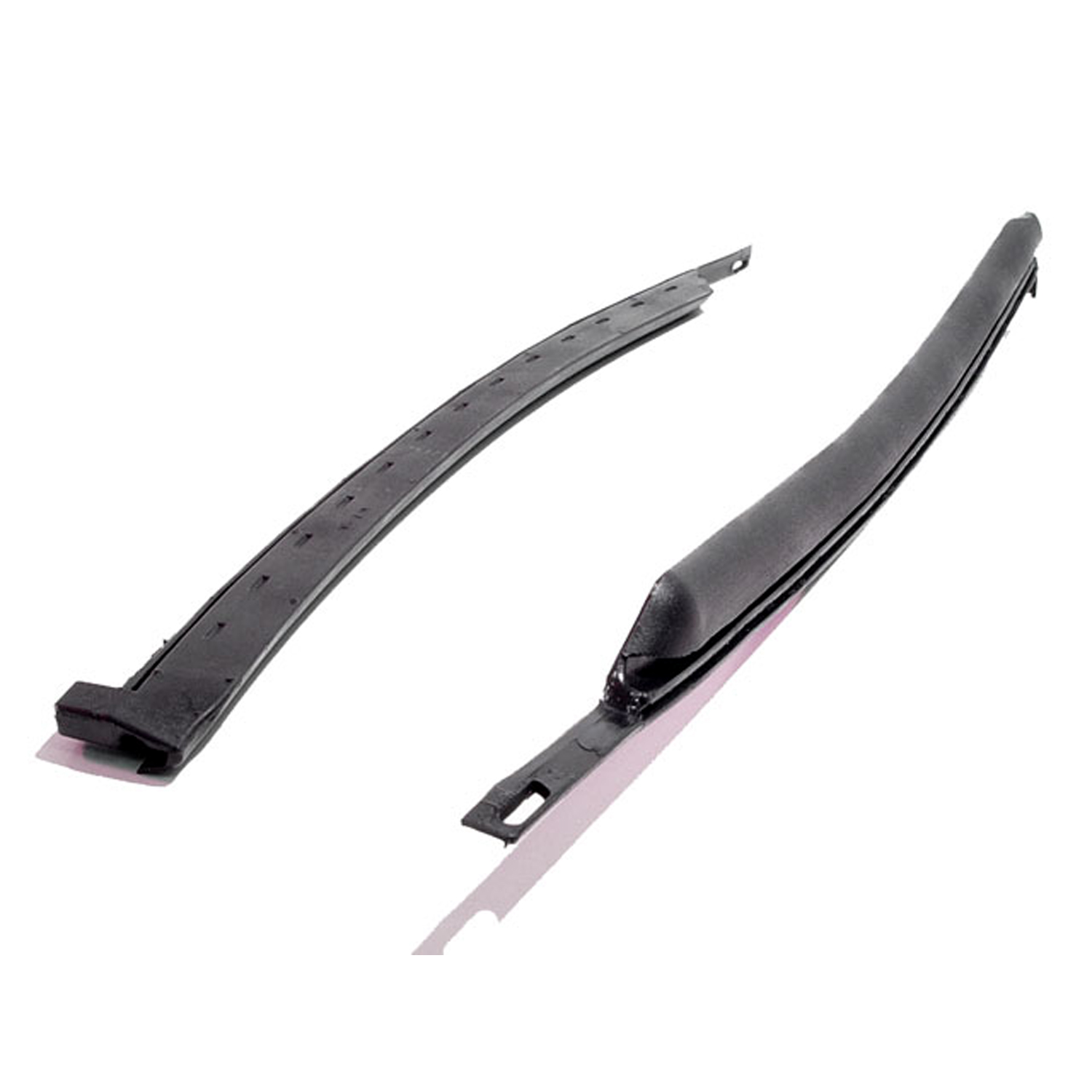 1972 Dodge Challenger Rear Roll-Up Quarter Window Seals. Pair-VS 7-MRear Roll-Up Quarter Window Seals. Pair
1972 Dodge Challenger Rear Roll-Up Quarter Window Seals. Pair-VS 7-MRear Roll-Up Quarter Window Seals. Pair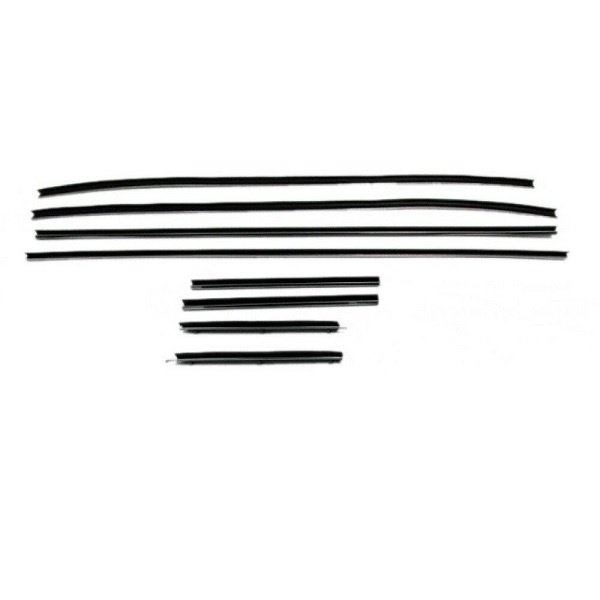 1972 Dodge Challenger Window Sweeper Kit Fits 71-74 Challenger 2 Door Hardtop 8 Piece kit-WC 2300-48This eight (8) piece set includes inner and outer window sweeps for each side and quarter window. Window sweeps go horizontally across the top of the doors and quarter windows and touch the inside and outside of the glass. These sweeps keep the windows from rattling and wipe the glass as it is rolled up and down.
1972 Dodge Challenger Window Sweeper Kit Fits 71-74 Challenger 2 Door Hardtop 8 Piece kit-WC 2300-48This eight (8) piece set includes inner and outer window sweeps for each side and quarter window. Window sweeps go horizontally across the top of the doors and quarter windows and touch the inside and outside of the glass. These sweeps keep the windows from rattling and wipe the glass as it is rolled up and down. 1972 Dodge Challenger Hood Insulation Fastener. Nylon. 1-1/2" Long, 1/2" Wide-WF 5-AHood Insulation Fastener. Nylon. 1-1/2" Long, 1/2" Wide. Each
1972 Dodge Challenger Hood Insulation Fastener. Nylon. 1-1/2" Long, 1/2" Wide-WF 5-AHood Insulation Fastener. Nylon. 1-1/2" Long, 1/2" Wide. Each 1972 Dodge Challenger Rear Axle Pinion Snubber. Each-XB 80Rear Axle Pinion Snubber. Each
1972 Dodge Challenger Rear Axle Pinion Snubber. Each-XB 80Rear Axle Pinion Snubber. Each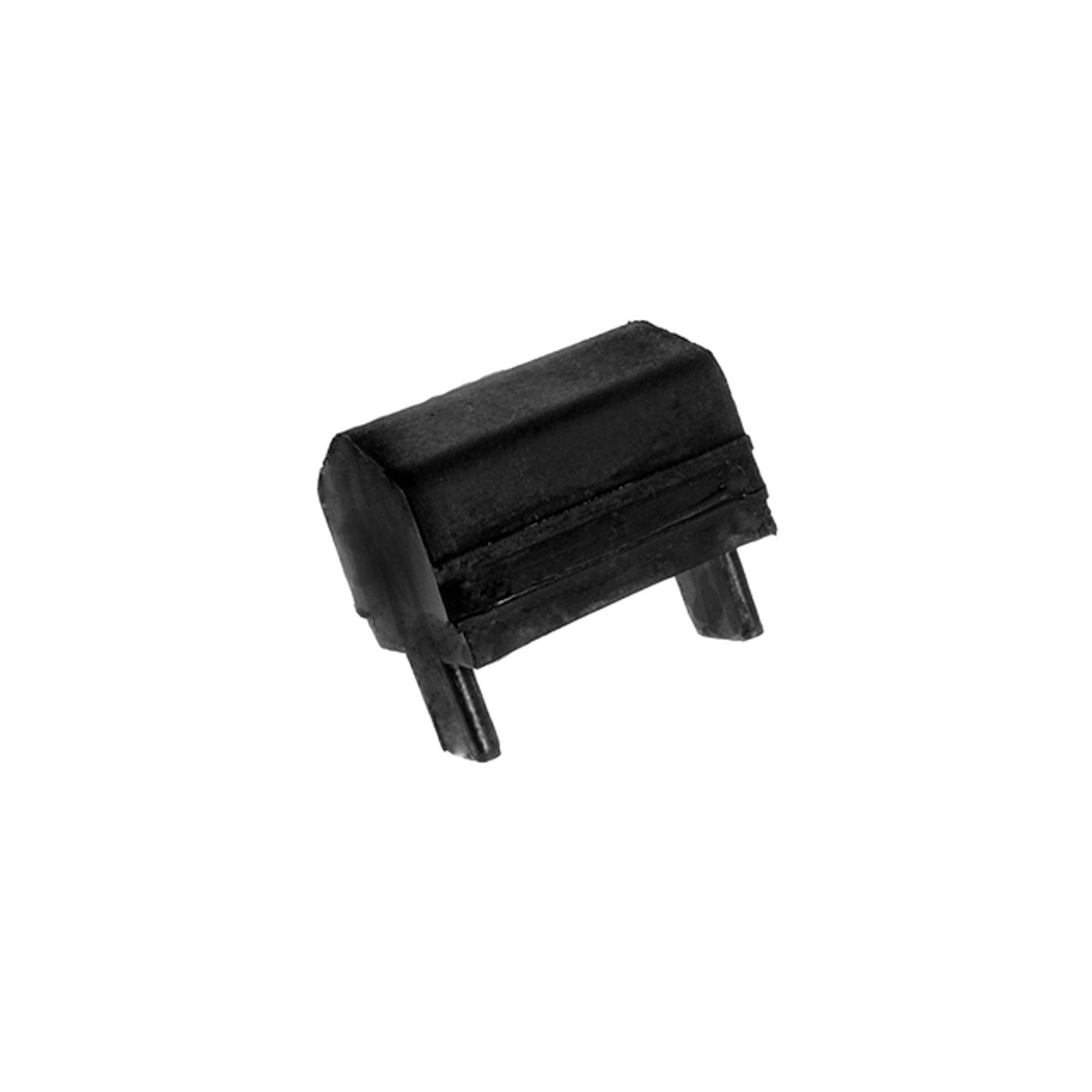 1972 Dodge Challenger Rear Axle Pinion Snubber. Each-XB 80-ARear Axle Pinion Snubber. Each
1972 Dodge Challenger Rear Axle Pinion Snubber. Each-XB 80-ARear Axle Pinion Snubber. EachWhy Choose Metro?
For over 100 years, Metro Moulded Parts has been the pinnacle of quality in classic car restoration parts. Our commitment to precision and authenticity in every component ensures a perfect fit and an OEM-level appearance.
- Expert Craftsmanship & Quality: Each part is a testament to our dedication to reliability and perfection, crafted from original designs and thoroughly tested.
- Advanced Technology: We use cutting-edge techniques to create flawless, long-lasting parts that surpass others in performance.
- SuperSoft Sponge – The Ultimate Door Seal: Not only are our door seals 30% softer than competitors', but they're also guaranteed to never leak. They effectively reduce wind and road noise, enhancing your classic car's comfort and driving experience.
- Proudly American: Our parts are a product of American craftsmanship, made in the USA with a spirit of excellence and heritage.
- Unrivaled Warranty: We back our products with a 30-year industry-leading warranty, a testament to our confidence in their quality.
Join us in preserving the legacy of classic cars with parts that are crafted for perfection, not just made.

